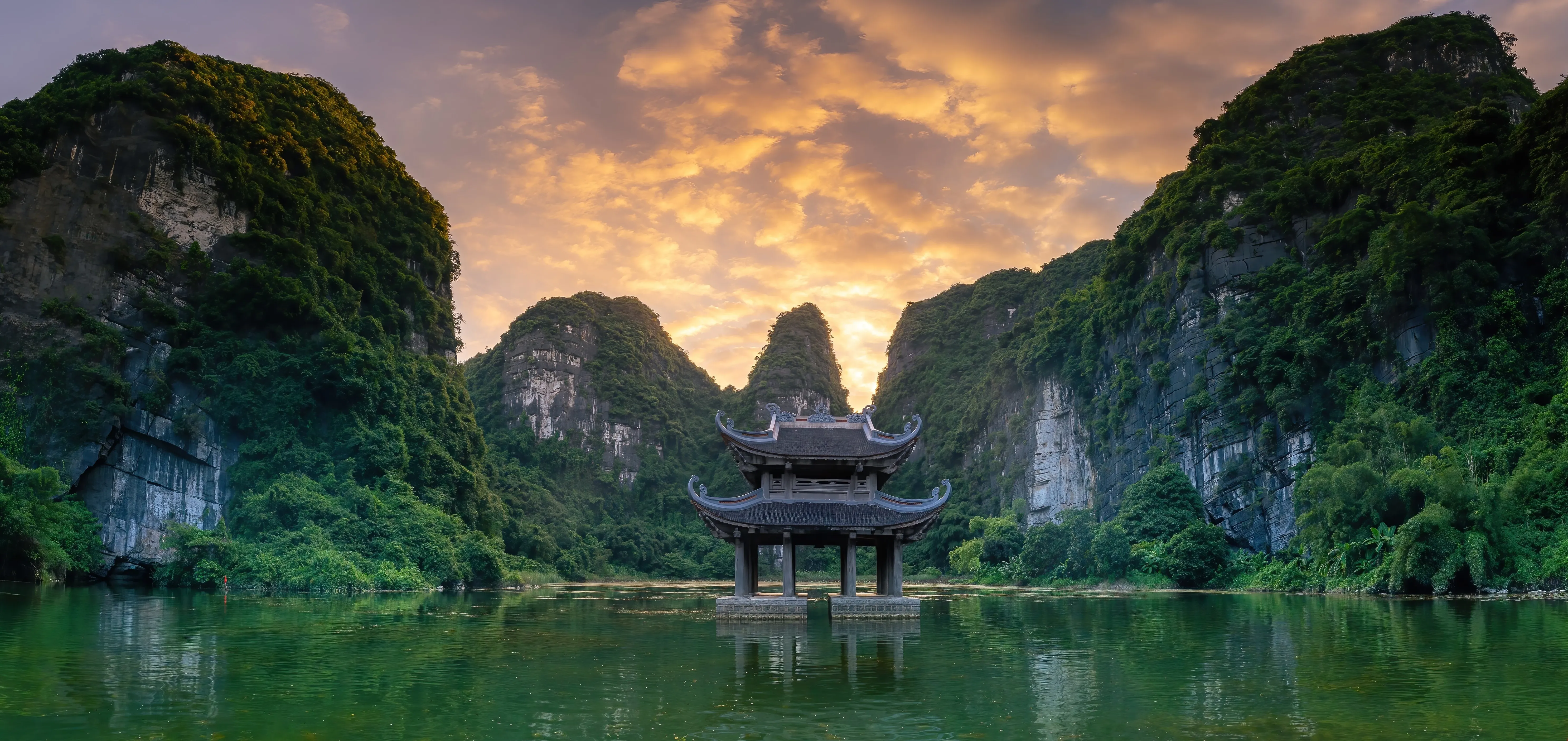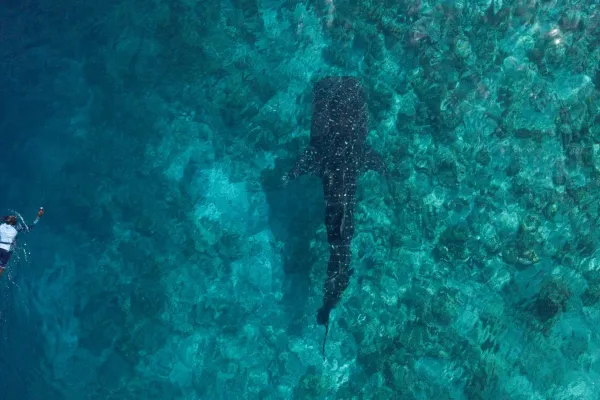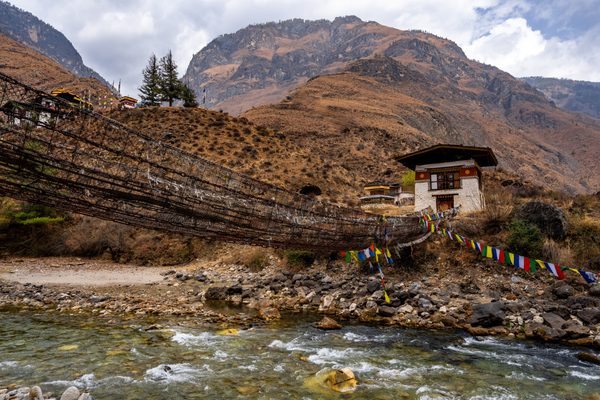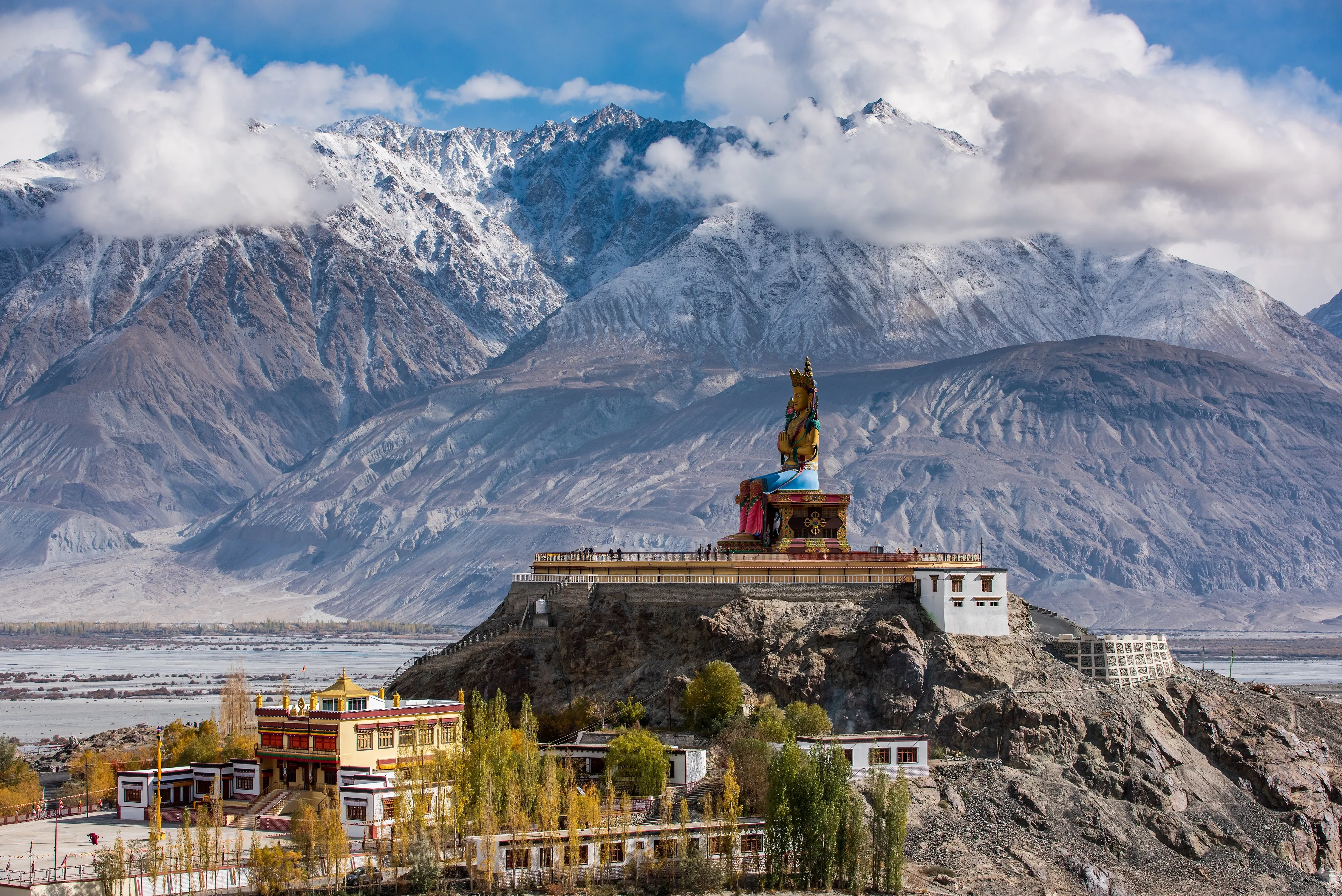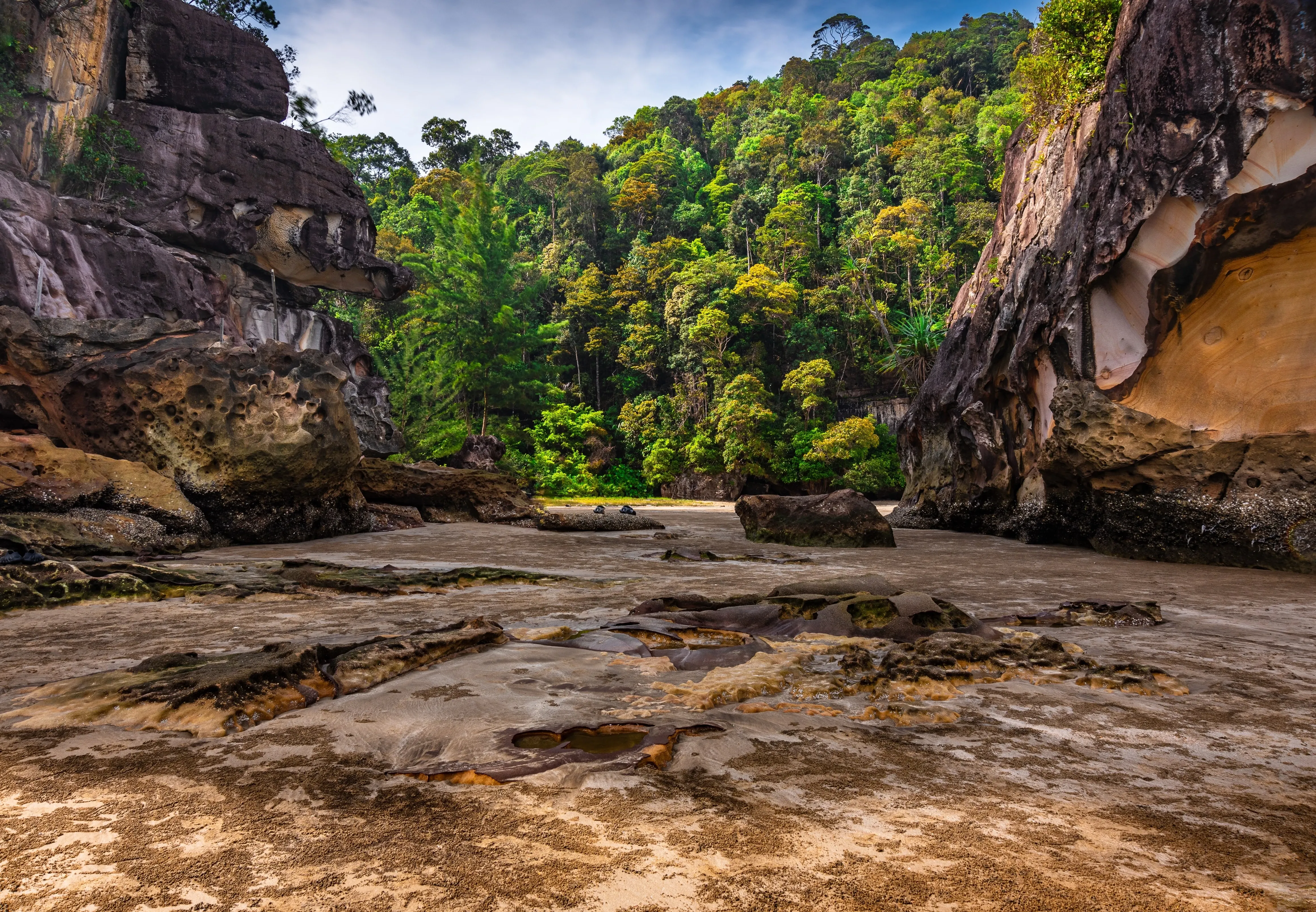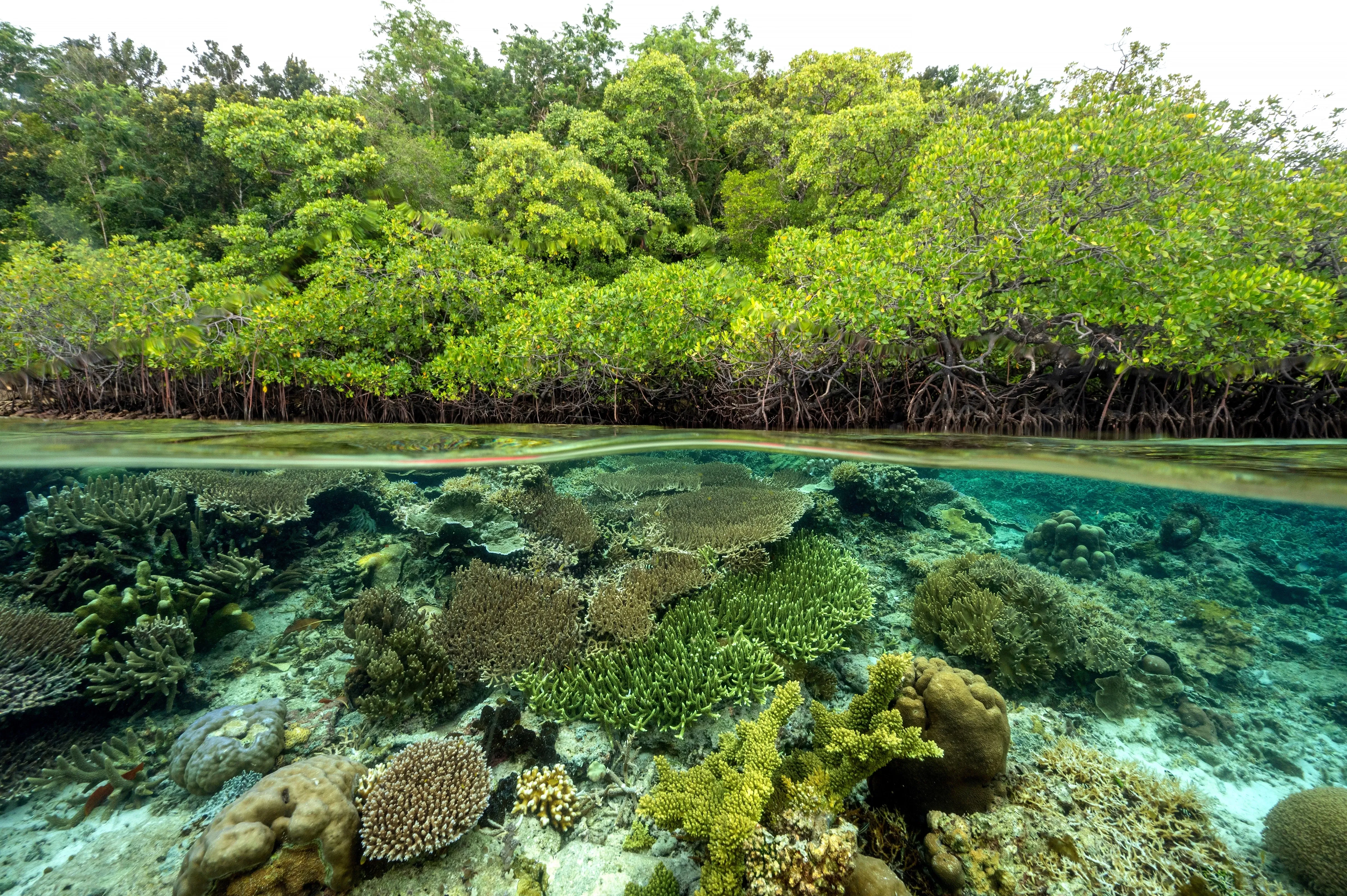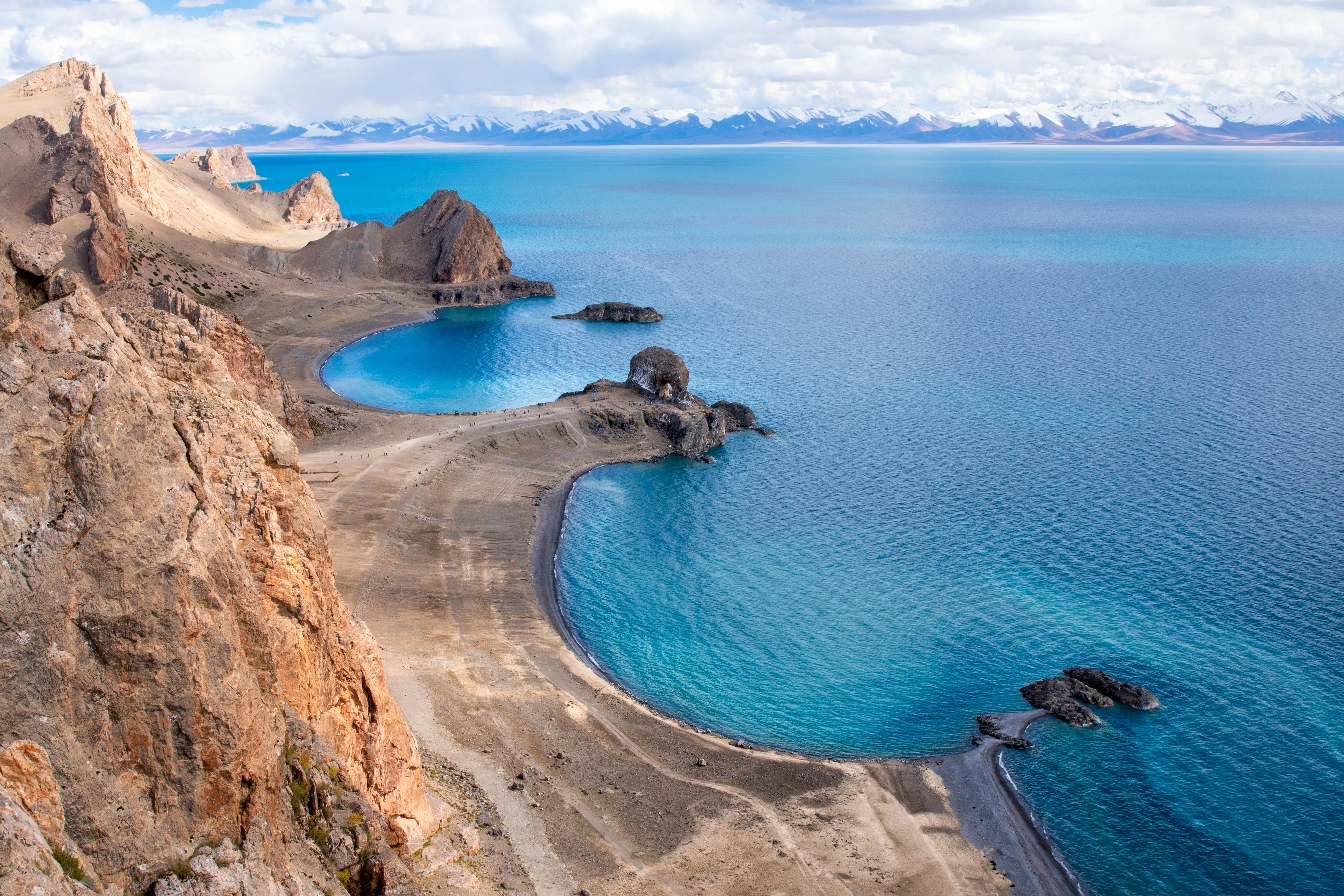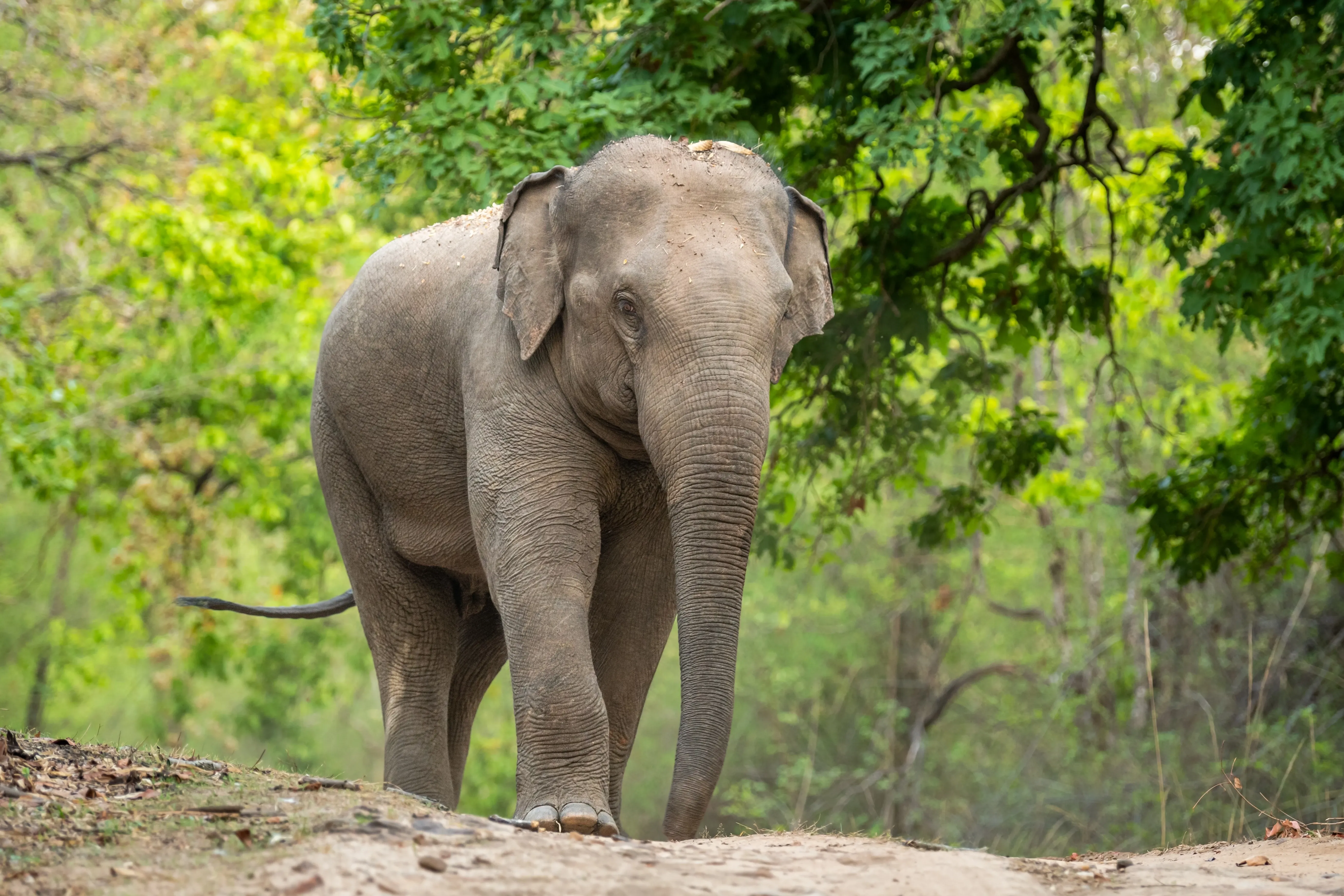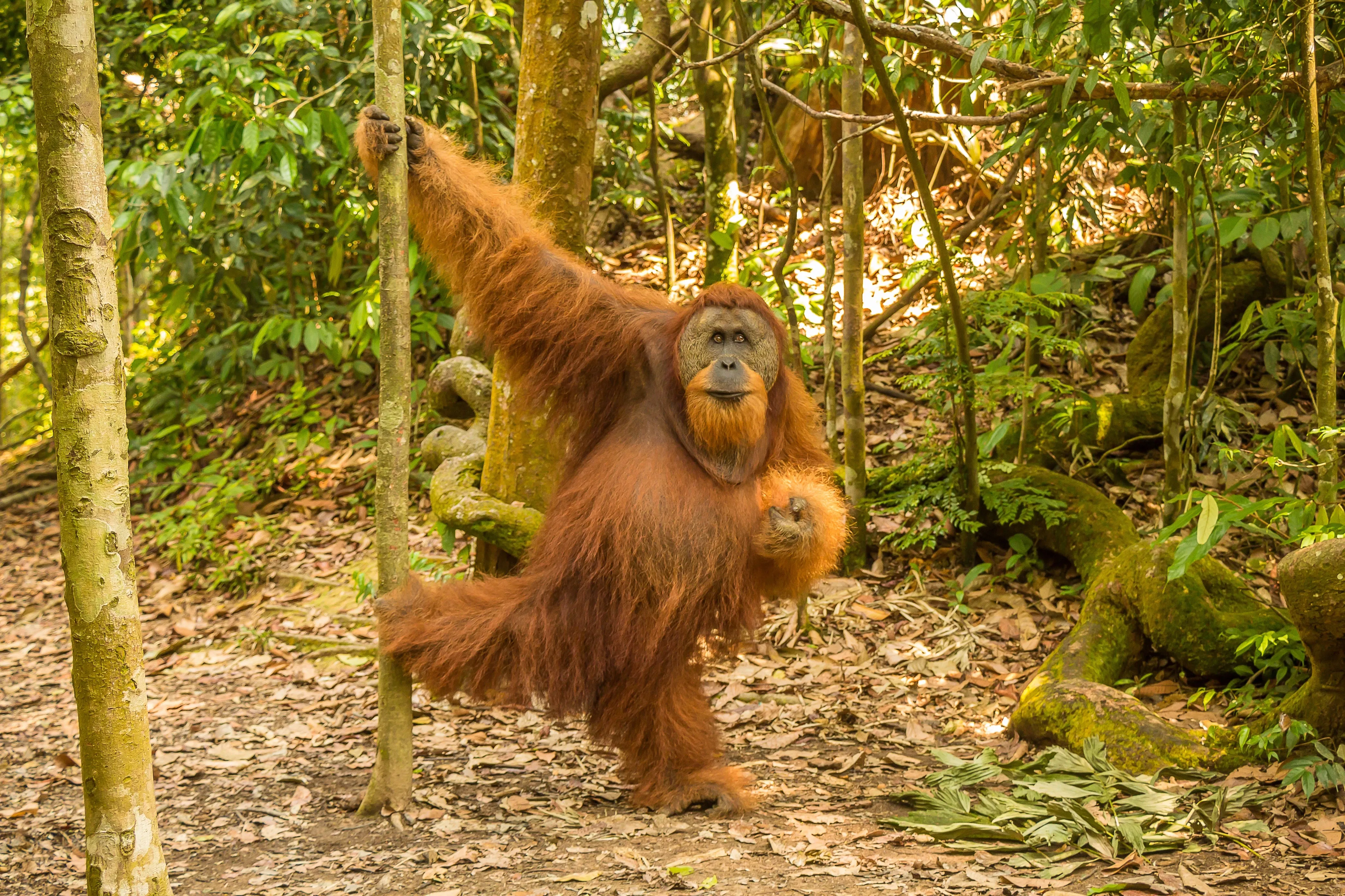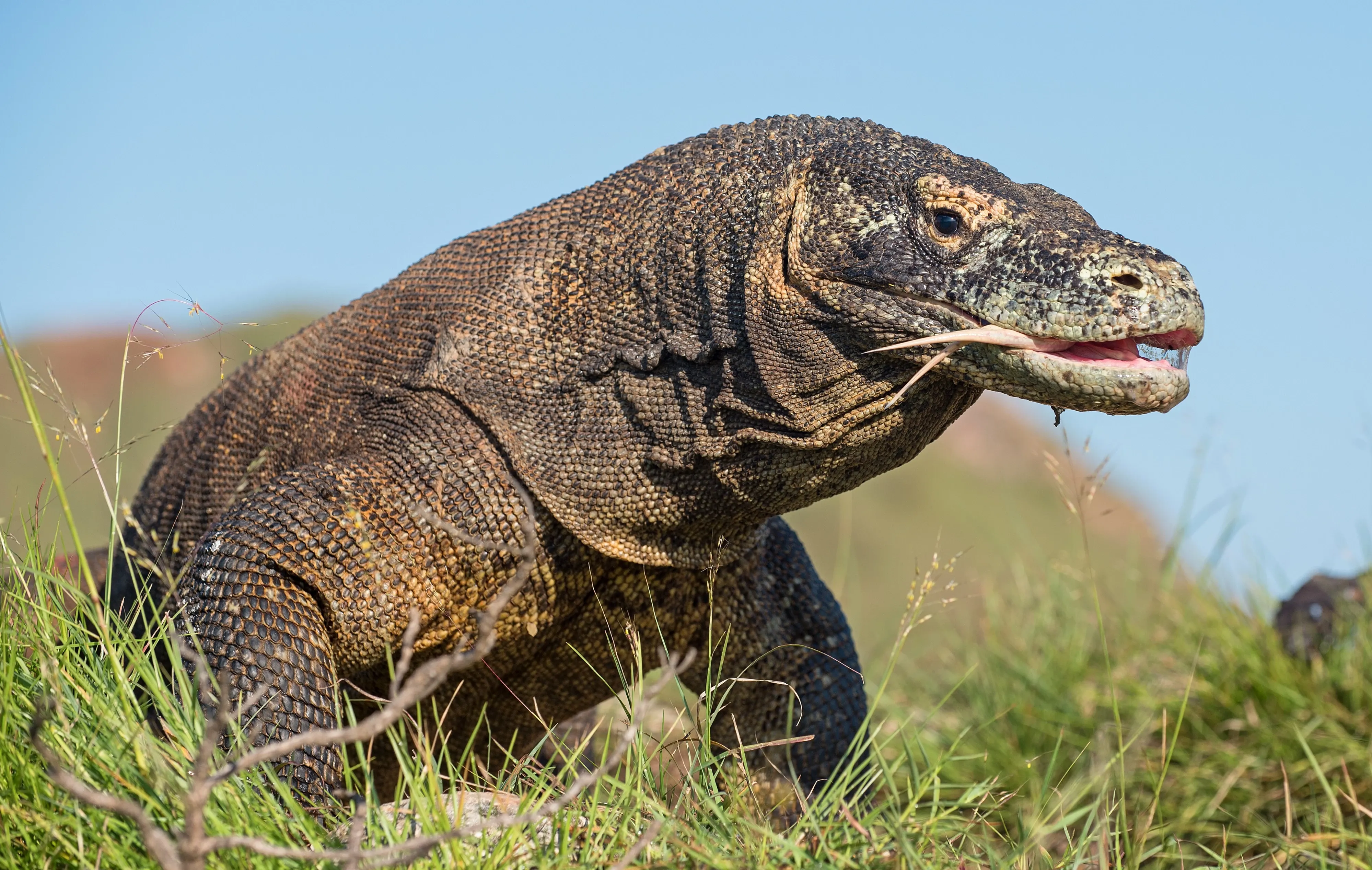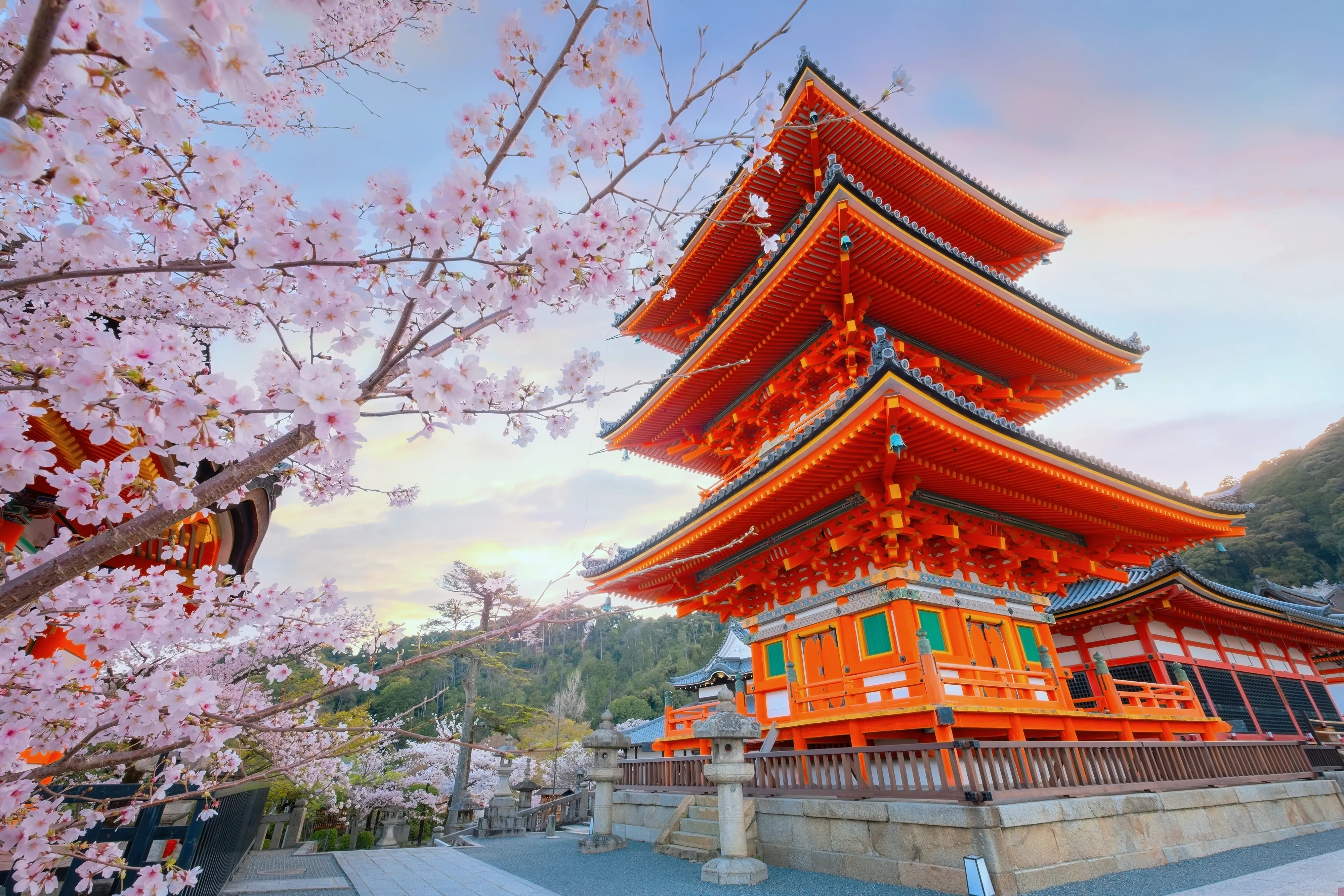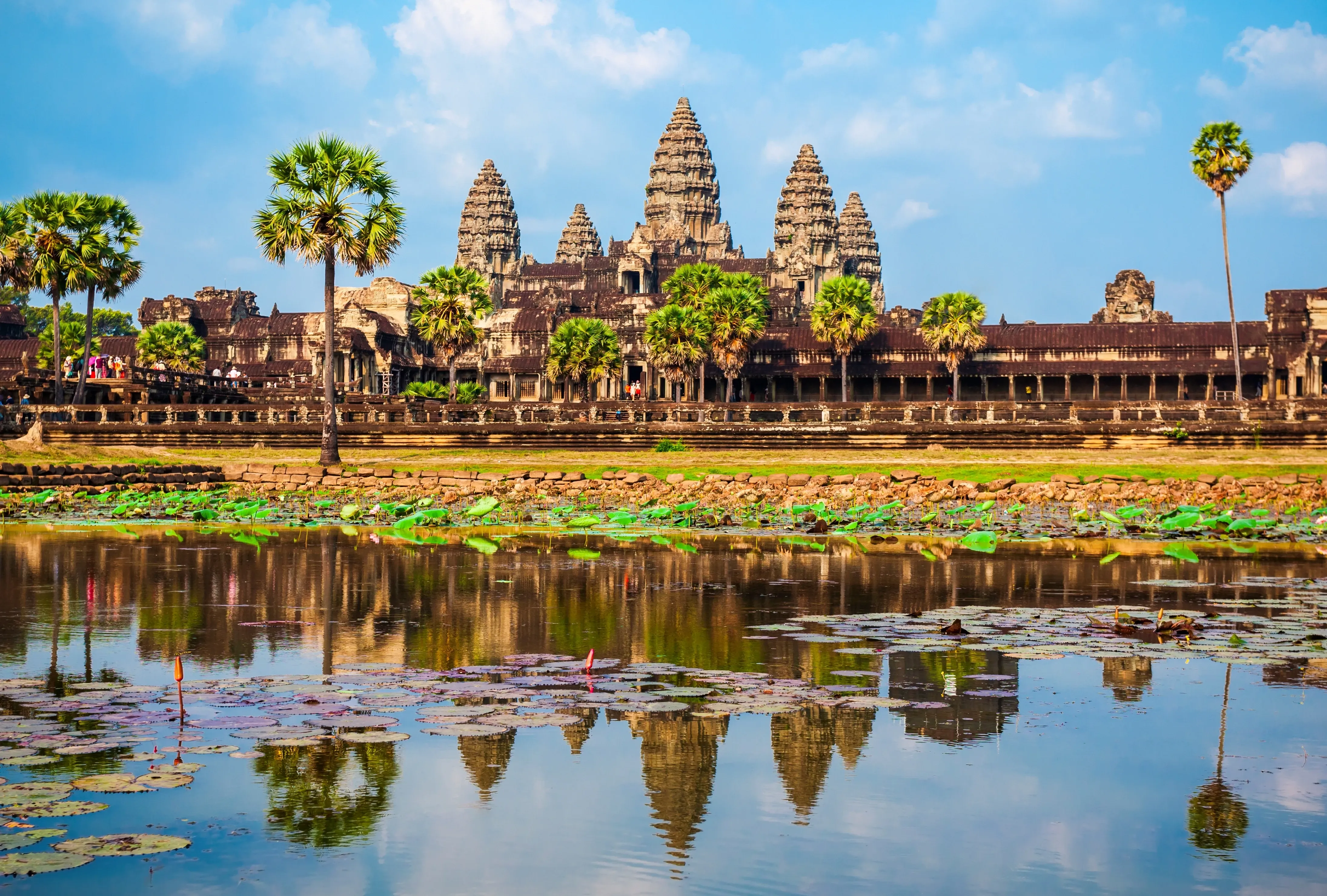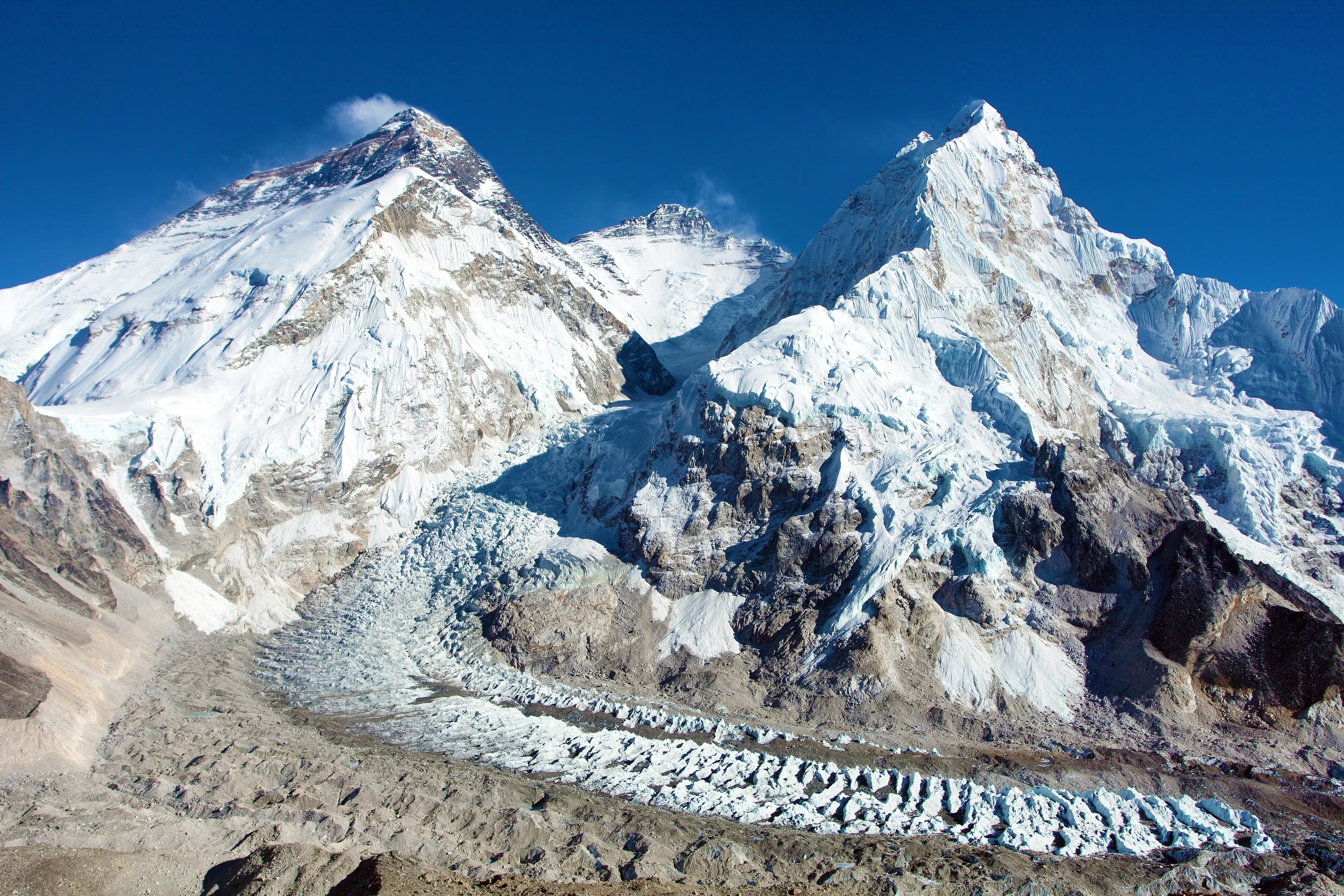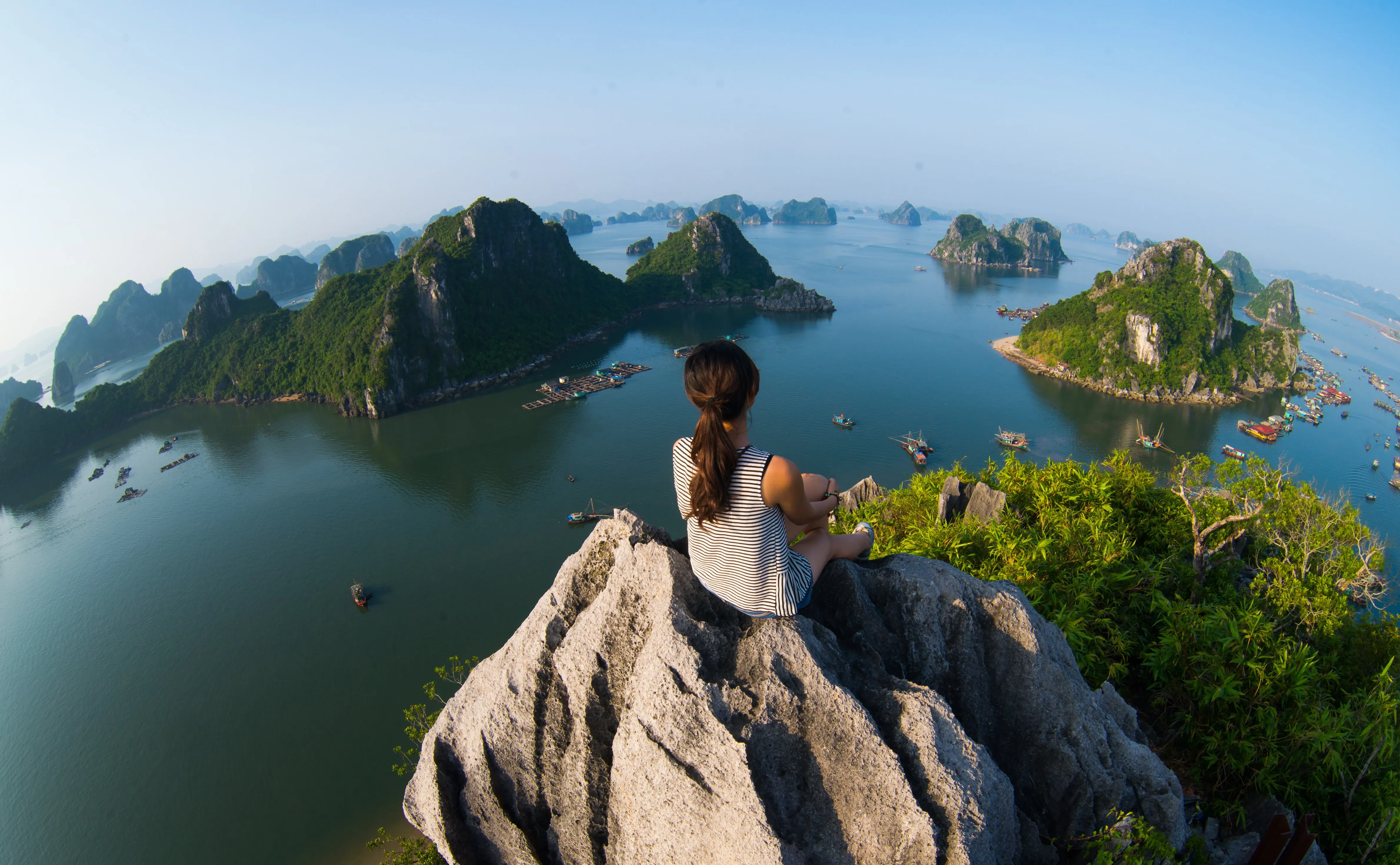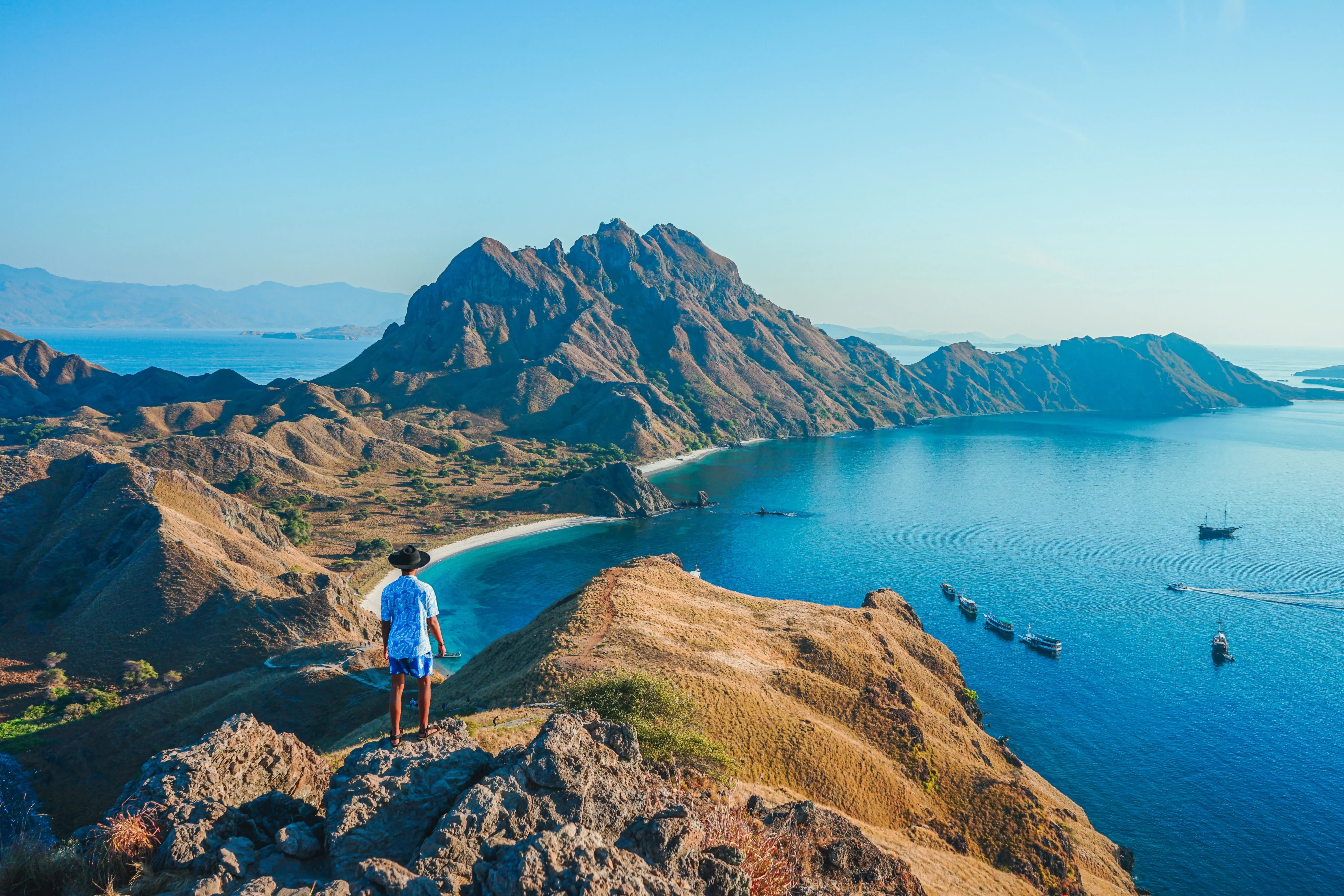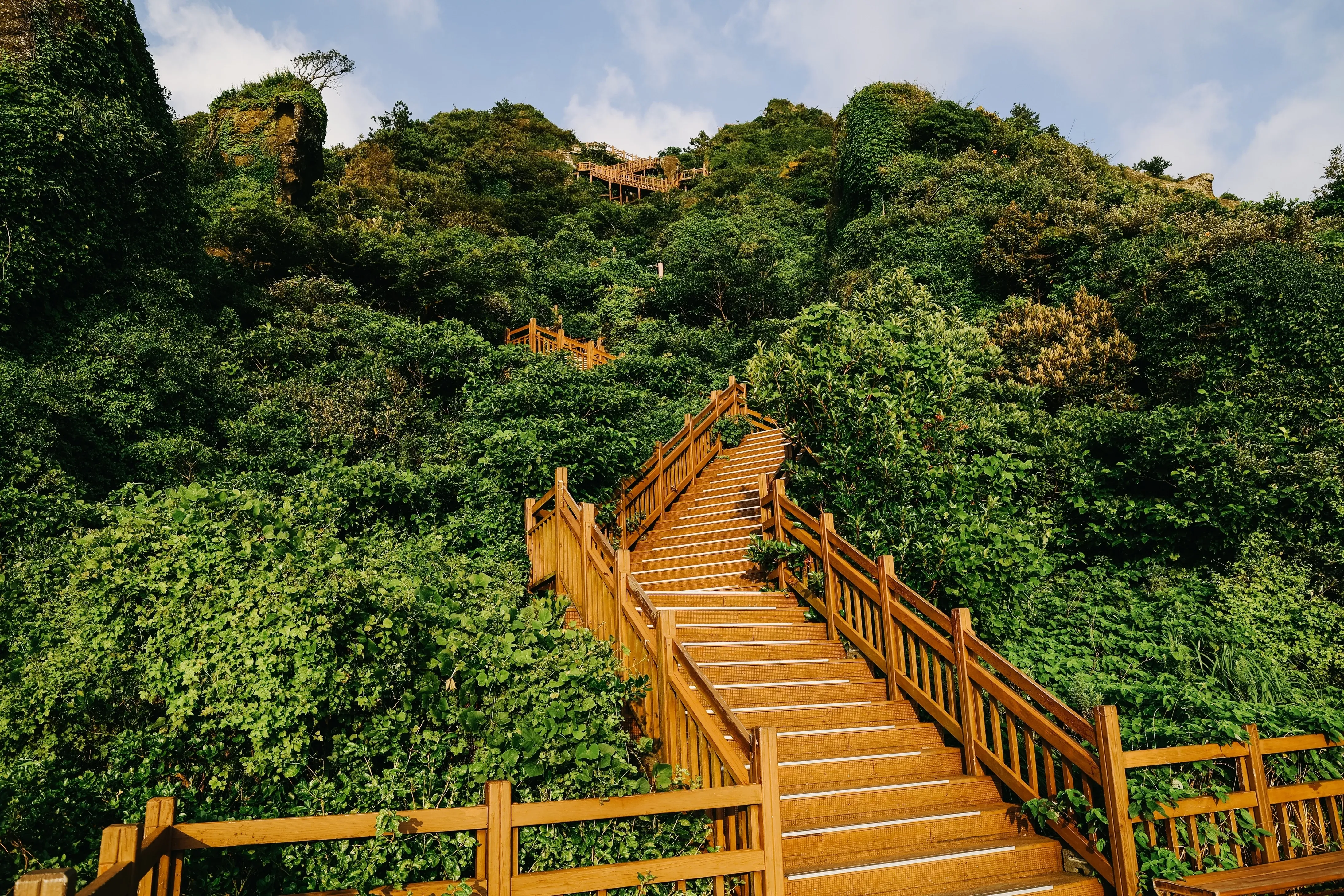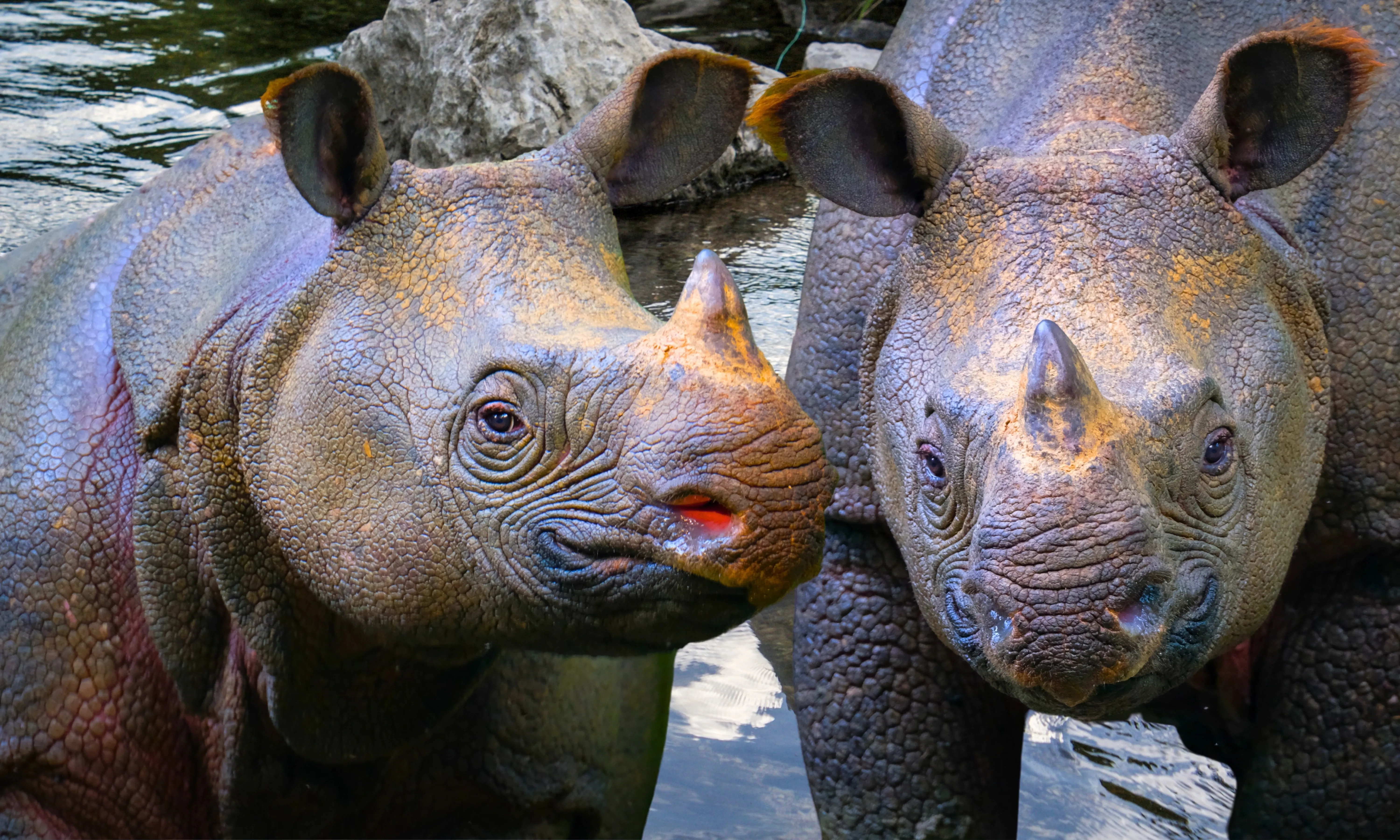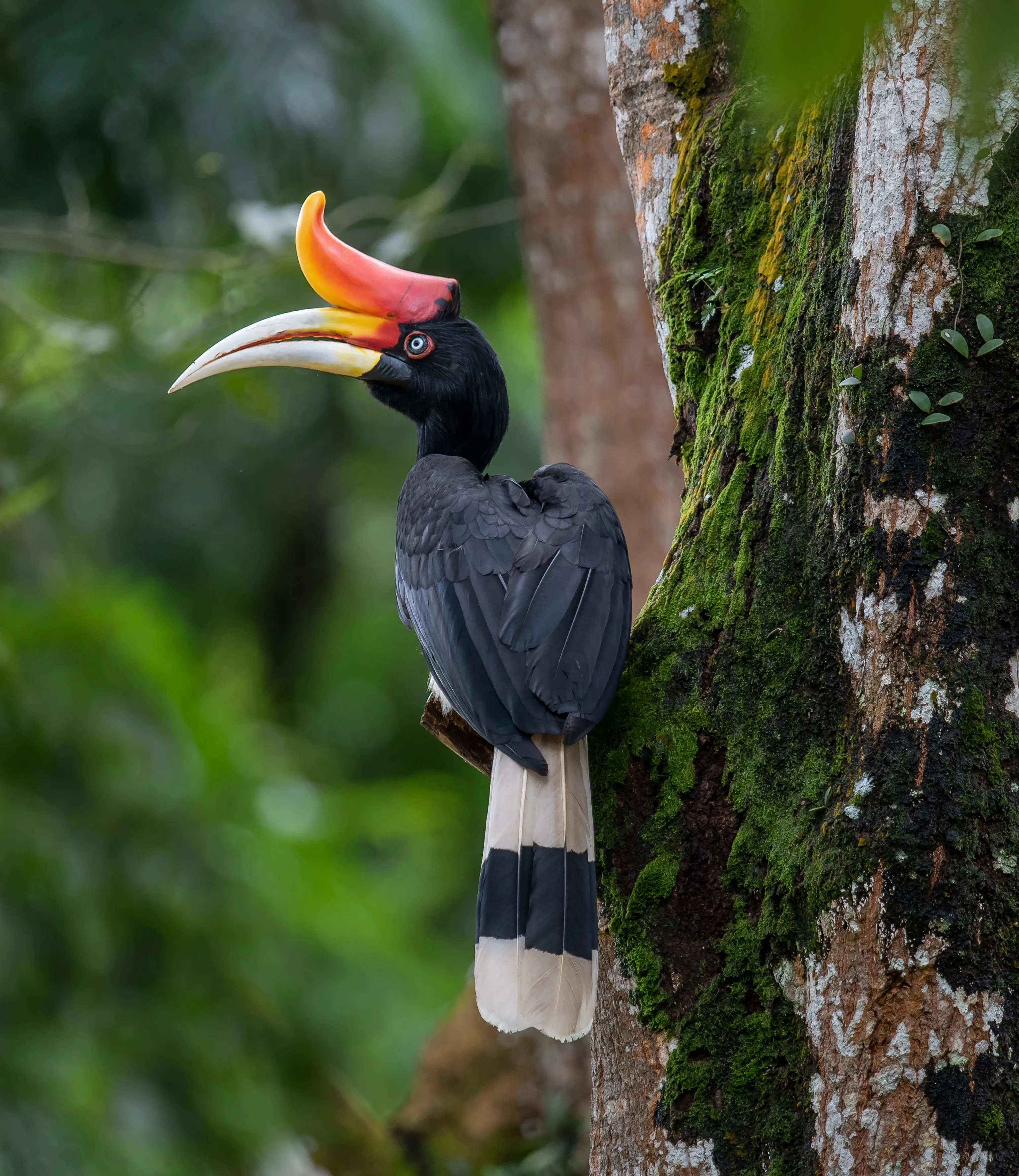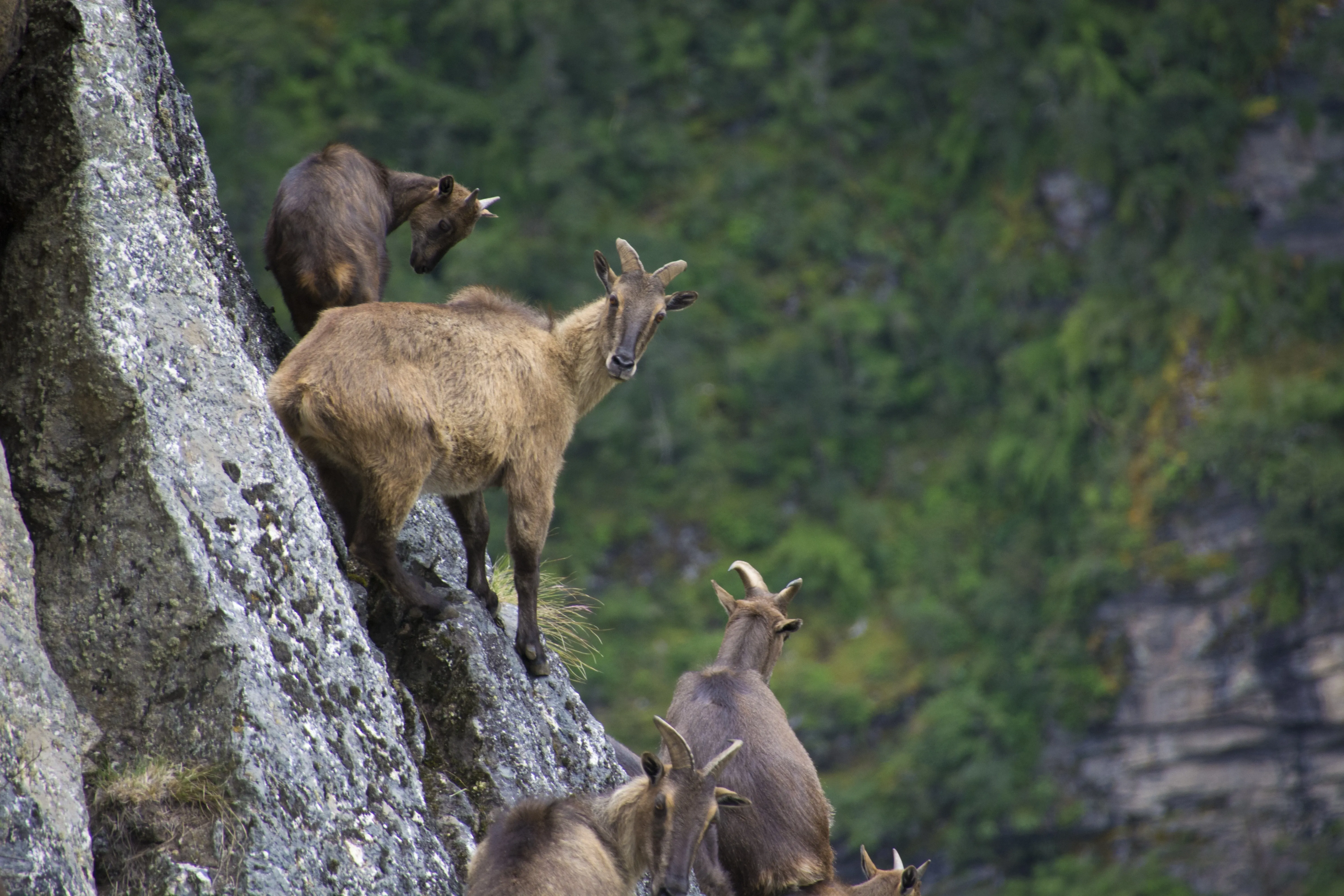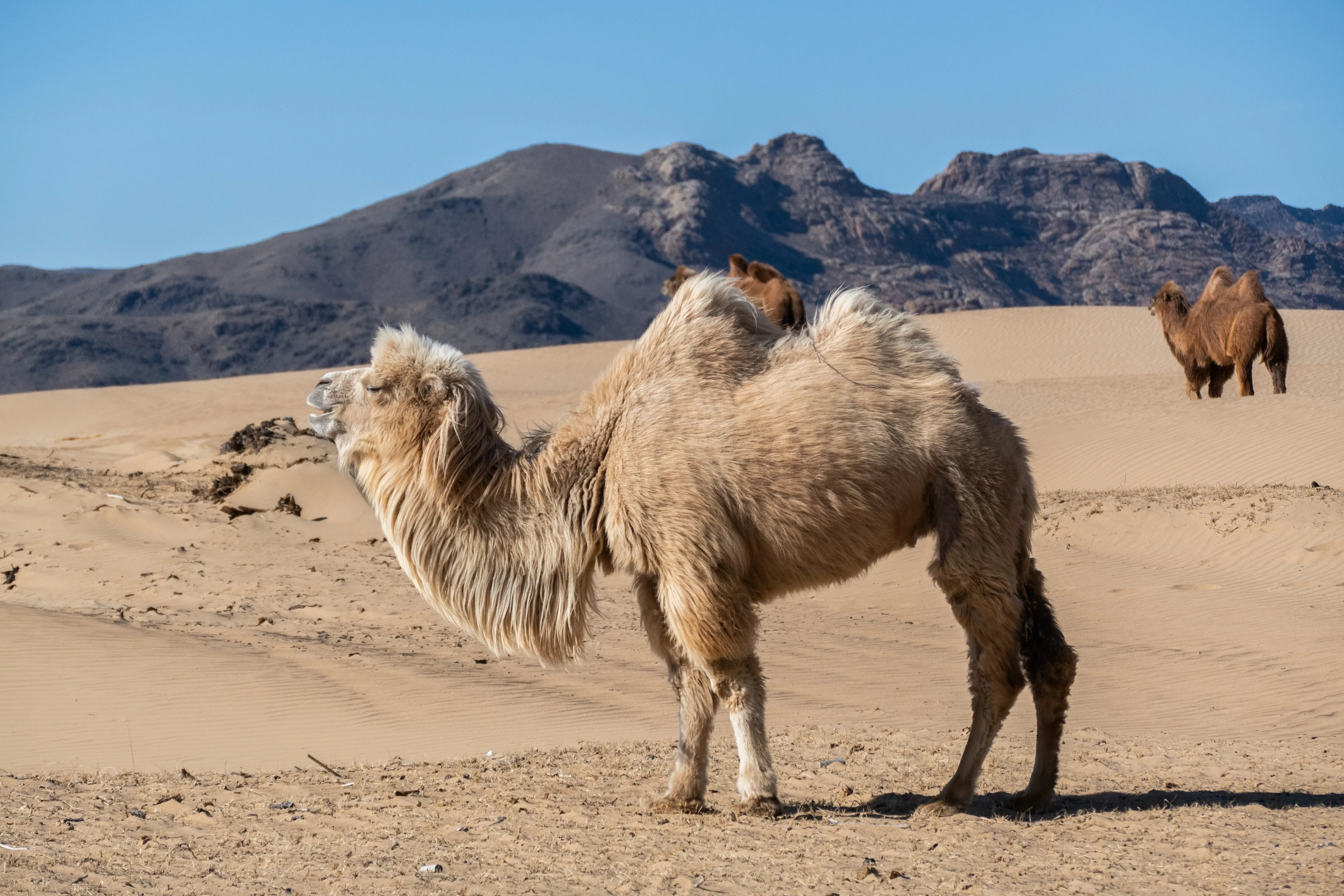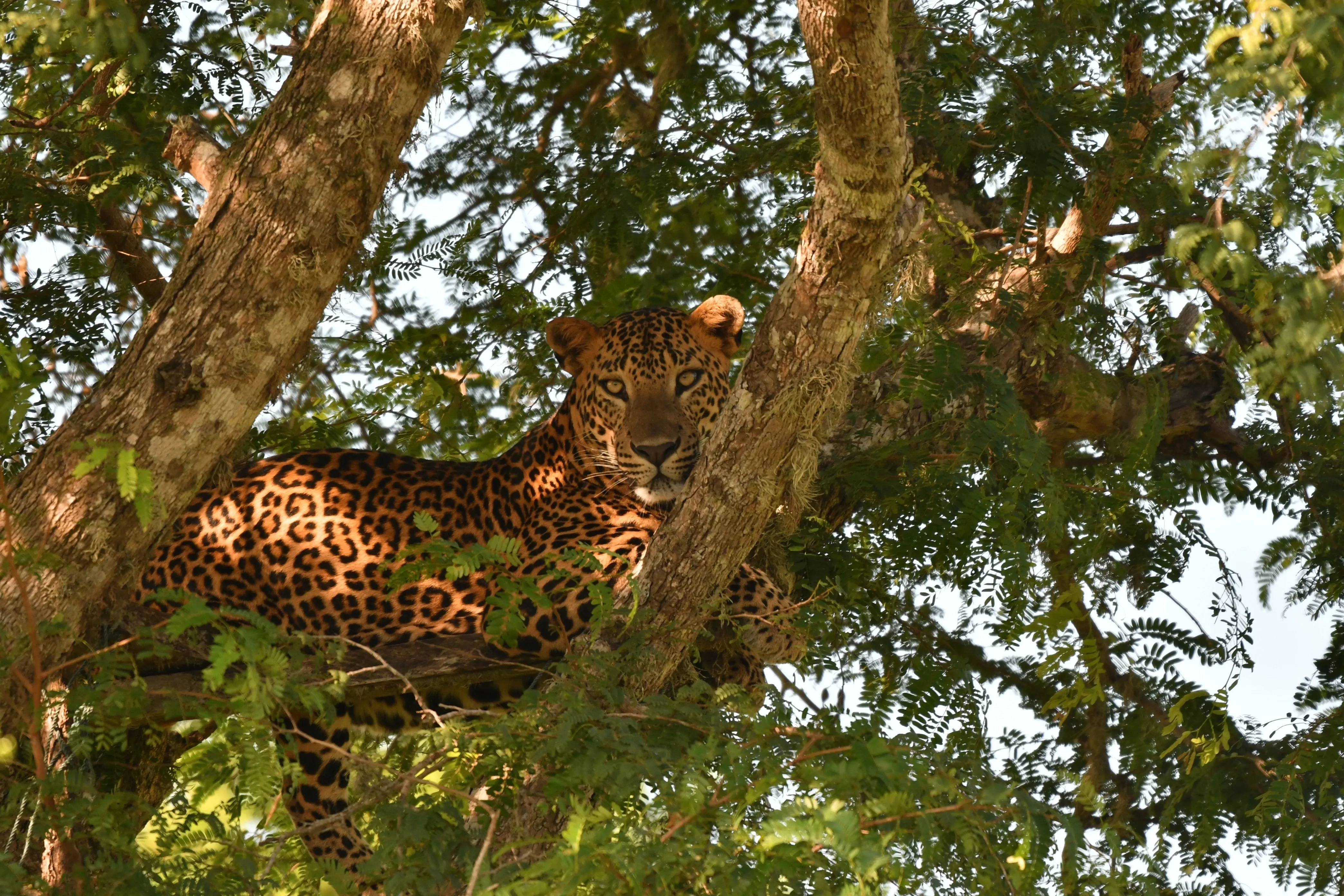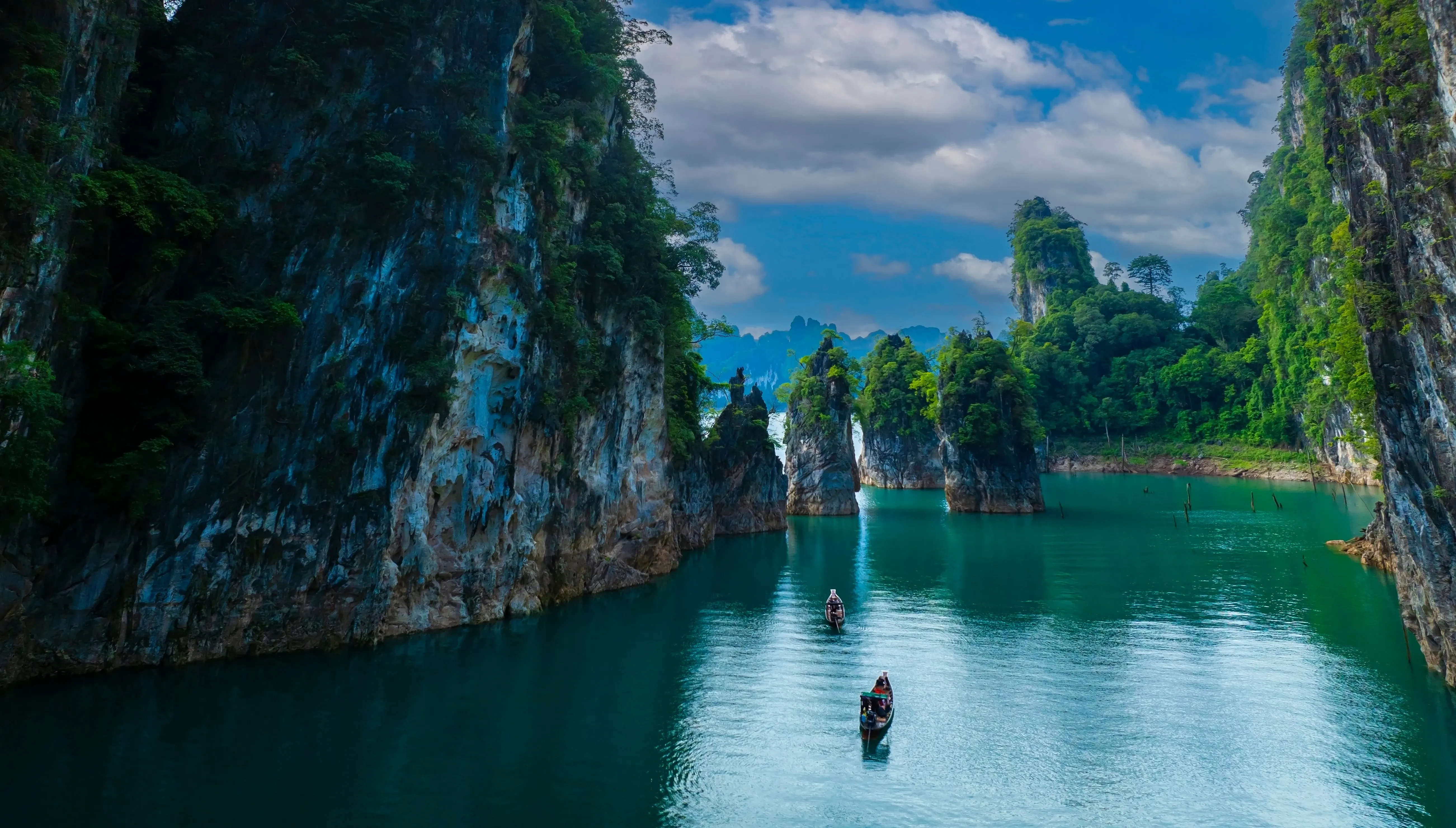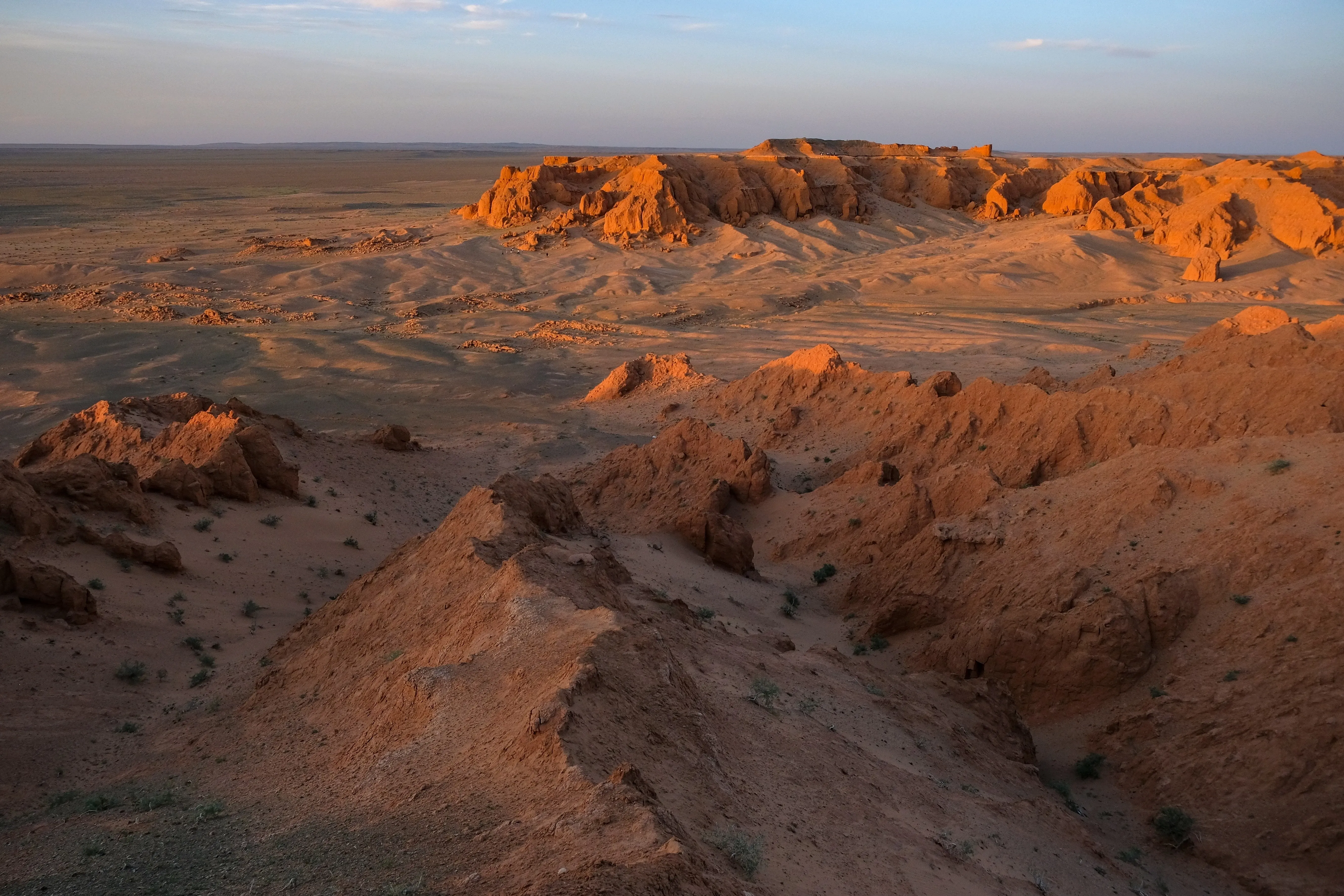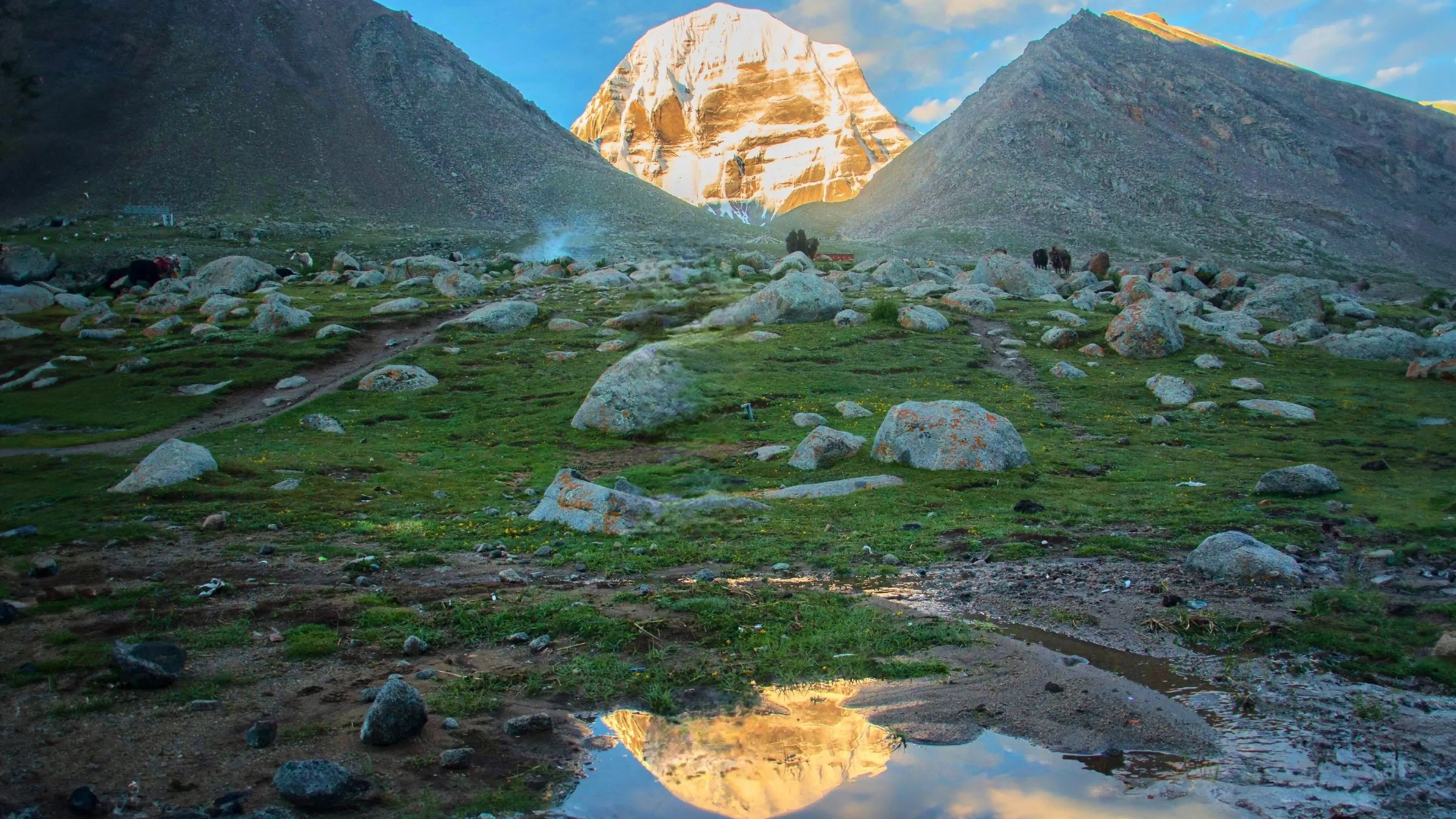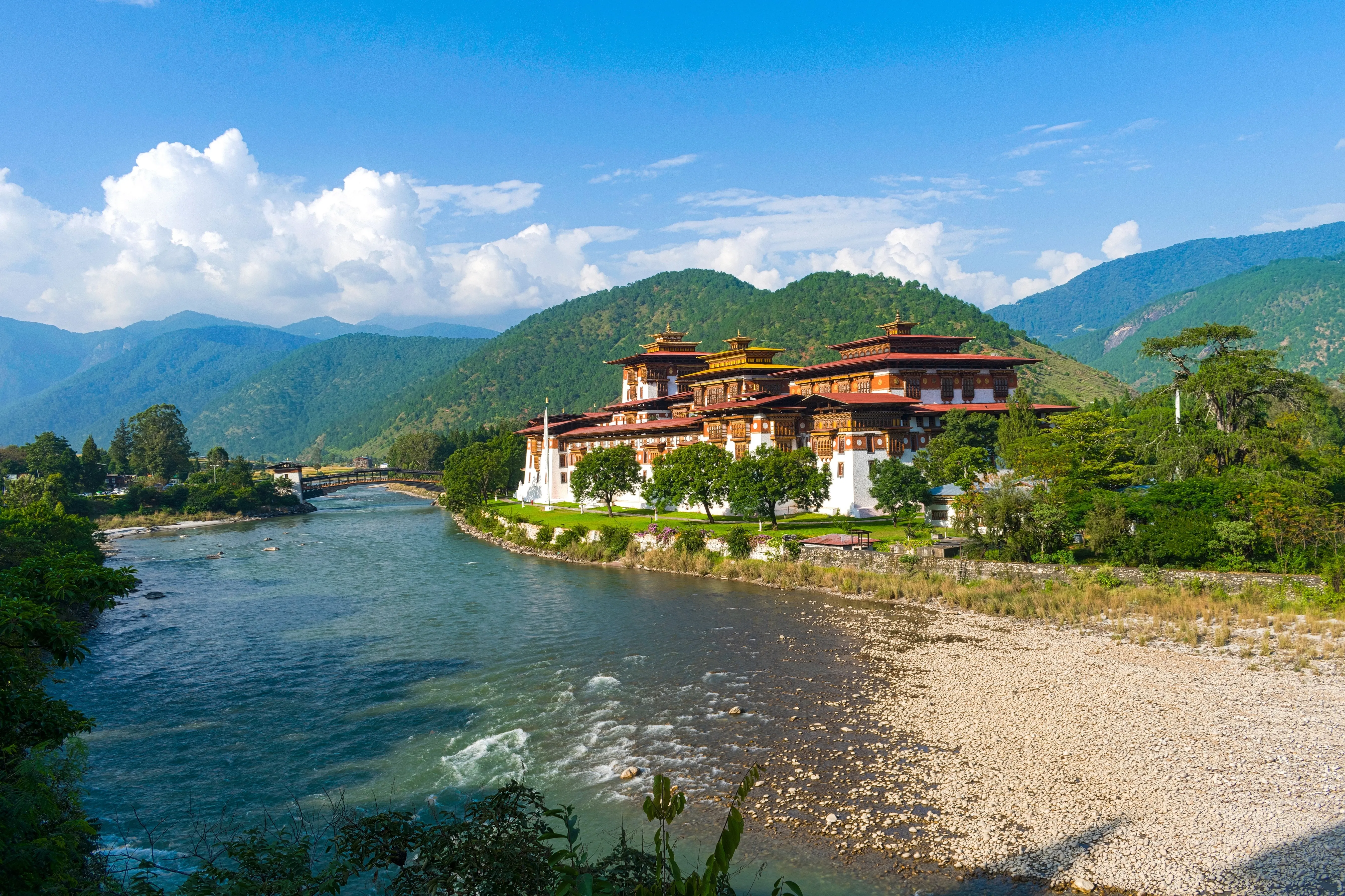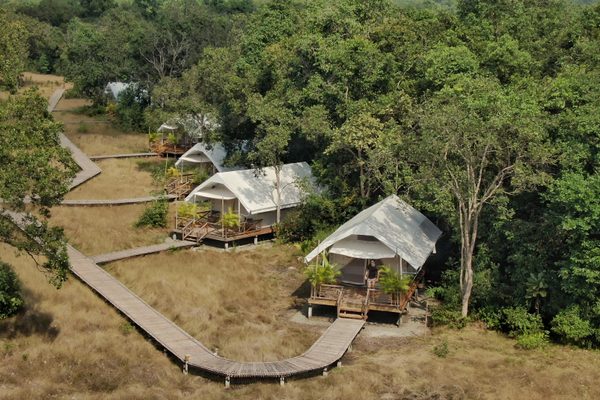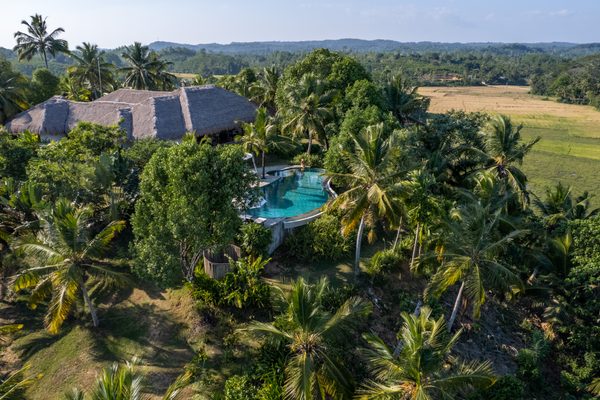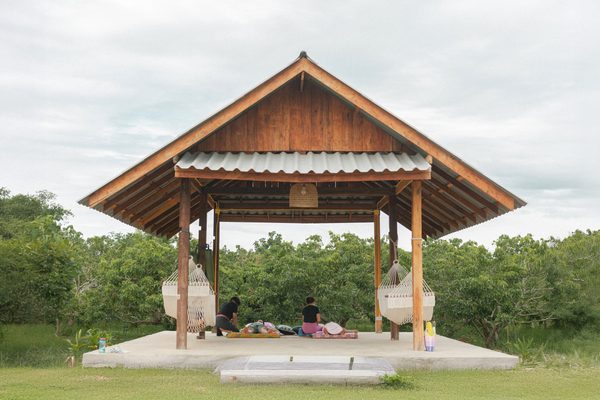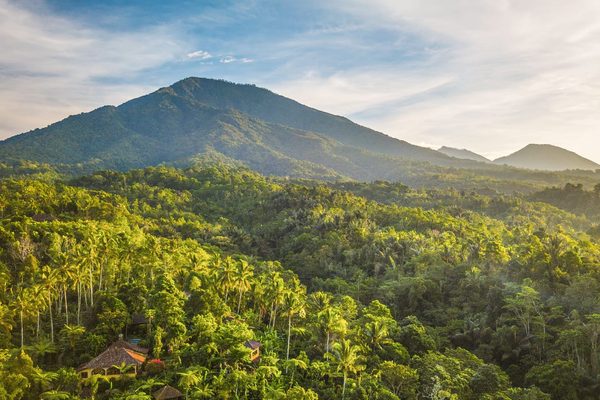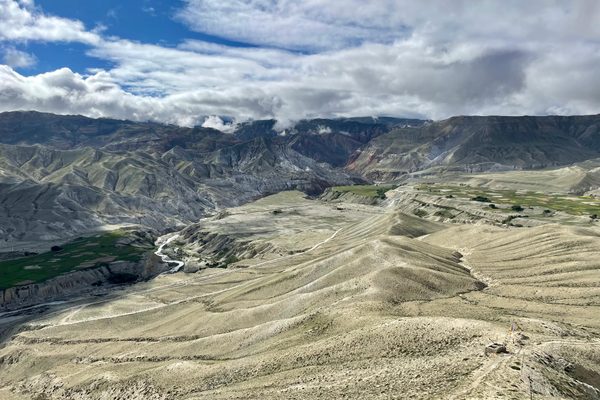Nature Travel in Asia
When you think of nature travel in Asia, picture a kaleidoscope of ancient temples, tranquil rice terraces, bustling markets, majestic mountain ranges, and serene beaches lapped by turquoise waters.
Asia's natural wonders are as diverse as its cultures, offering everything from the towering Himalayas and dense jungles of Borneo to the surreal landscapes of Vietnam's Ha Long Bay and the pristine coral reefs of Indonesia.
Asia's vibrant cities pulse with life, blending modernity with traditions, while its rural landscapes offer a peaceful escape. Here, you can explore the sacred forests of Japan, wander through the untouched wilderness of Bhutan, or marvel at the unique wildlife in the rainforests of Malaysia. With its rich tapestry of landscapes – ranging from the high-altitude deserts of Tibet to the tropical paradises of Thailand and the remote islands of the Philippines – Asia stands out as a top destination for nature and adventure travellers.
Whether you're seeking a thrilling trek through Nepal’s Annapurna Circuit, an intimate encounter with orangutans in Sumatra, or a peaceful retreat in the serene tea plantations of Sri Lanka, Asia offers endless opportunities for nature lovers and adventurers alike.
Experience unique natural hotspots in Asia
The towering peaks of the Himalayas dominate Asia’s skyline, gradually giving way to the dense, vibrant jungles of Indonesia and Malaysia, which are rich in a staggering array of plant and animal life. The remote wetlands of Pakistan and the rugged highlands of Tajikistan teem with wildlife, while the vast steppes of Mongolia and the tranquil lakes of South Korea offer breathtaking, untouched landscapes.
Asia’s coastlines are equally diverse, with idyllic beaches in the Maldives and the dramatic limestone cliffs of Vietnam. Natural wonders like the towering Mount Everest, the arid Gobi Desert, and the surreal landscapes of China's Zhangjiajie provide stunning vistas for all nature enthusiasts.
Asia’s landscapes harbour an incredible variety of wildlife. Tigers, elephants, orangutans, snow leopards, red pandas, and Komodo dragons inhabit these diverse regions. Asia is a global biodiversity hotspot, with new species continually being discovered in its rainforests, mountains, and coral reefs.
Bird watchers will find Asia a paradise, with over 1,300 species recorded in India alone. Laos offers a unique opportunity to observe rare species in its untouched forests, while the Maldives is a key destination for spotting marine life like whale sharks and manta rays during their migration season.
Nature travel in Asia provides a wide range of experiences, from guided treks to independent adventures. Each region of this vast continent offers unique opportunities to immerse yourself in its incredible biodiversity and awe-inspiring natural beauty. Whether exploring on your own or with a group, Asia's natural landscapes promise unforgettable experiences.
Nature Travel Asia - Begin your nature adventure
Outdoor enthusiasts and nature lovers will discover an abundance of thrilling experiences across Asia. The continent offers diverse adventures, from exploring the unique geological formations of the Chocolate Hills in the Philippines and trekking the breathtaking Gokyo Lakes in Nepal to marvelling at the colourful Zhangye Danxia Landform in China and experiencing the rugged beauty of Jigoku Valley in Japan.
For those seeking high-energy activities, there are exhilarating options such as hiking through the volcanic landscapes of Kamikōchi in Japan or taking a scenic trek across Hokkaidō’s diverse terrain. The dramatic Bản Giốc-Detian Waterfalls, straddling the border between Vietnam and China, offer a stunning backdrop for exploration. Additionally, the Maldives' pristine coral reefs are perfect for diving and snorkelling, while Mongolia's vast deserts provide unique opportunities for horse back adventures and sandboarding.
Nature and adventure excursions can be arranged as either group tours or private experiences, allowing you to immerse yourself in the rich diversity of species and landscapes across Asia.
»Asia is a land of enchantment and mystery, a treasure trove of hidden treasures and fascinating cultures waiting to be discovered.«
Experience Asia - Frequently Asked Questions
Where can I go on a nature trip in Asia?
Nature trips in Asia can take you through an array of stunning landscapes and offer a rich experience for nature enthusiasts and adventure seekers.
The continent includes countries like China, India, Japan, Indonesia, Thailand, Vietnam, Malaysia, Nepal, Bhutan, Sri Lanka, Mongolia, and the Philippines, among others. Each offers unique natural wonders and experiences.
Cultural sites in Asia:
- Angkor Wat, Cambodia - A sprawling temple complex set in a lush jungle environment.
- The Great Wall of China - Stretching through diverse landscapes including deserts, mountains, and forests.
- Kyoto’s Temples, Japan - Set against natural backdrops including forests and mountains.
- Taj Mahal, India - Although more cultural, its beautiful gardens and setting by the Yamuna River offer a serene natural experience.
National Parks for wildlife sightings in Asia:
- Kaziranga National Park, India - Known for its population of the one-horned rhinoceros, along with tigers, elephants, and various bird species.
- Gunung Leuser National Park, Indonesia - Home to endangered orangutans, tigers, and rhinoceros hornbills.
- Jigme Dorji National Park, Bhutan - Offers sightings of the elusive snow leopard, blue sheep, and a variety of high-altitude flora.
- Yala National Park, Sri Lanka - Famous for its leopard sightings and diverse wildlife including elephants and sloth bears.
- Khao Sok National Park, Thailand - Known for its ancient rainforest, limestone cliffs, and the picturesque Cheow Lan Lake, with diverse wildlife like gibbons and Asian elephants.
Natural wonders of Asia:
- Mount Everest, Nepal/Tibet - The highest peak in the world, attracting trekkers and mountaineers.
- Halong Bay, Vietnam - Known for its emerald waters and dramatic limestone karsts.
- Komodo Island, Indonesia - Famous for the Komodo dragons and stunning marine biodiversity.
- Mount Fuji, Japan - An iconic volcano and a symbol of Japan, offering scenic beauty and hiking opportunities.
- Jeju Island, South Korea - Known for its volcanic landscapes, waterfalls, and unique flora.
Note: While many areas are accessible and welcoming, it's essential to be aware of current travel advisories and regional conditions, particularly in politically sensitive or conflict-affected areas. Always check for the latest travel advice from your foreign office before planning your trip.
How long can I go on a nature trip in Asia?
Nature trips in Asia can vary in length, from a few weeks to several months, depending on how deeply you want to explore the continent's rich tapestry of natural wonders. Longer stays not only offer a more immersive experience but also contribute to more sustainable travel practices, allowing for a deeper connection with the diverse environments and cultures across the region.
To truly appreciate Asia’s vast landscapes—from lush rainforests and towering mountains to serene lakes and arid deserts—a trip of at least 4 weeks is recommended. This duration allows for meaningful exploration across different countries or regions and provides ample time to engage in eco-friendly travel practices. For those with less time, 2-week tours can still offer a remarkable glimpse into Asia's natural beauty and cultural heritage.
Visa and entry requirements
Entry requirements vary widely across Asia. Many countries offer visa-free entry or visa-on-arrival options for short stays. For instance, travellers from certain countries can stay in Japan, South Korea, and Thailand for up to 30 days without a visa. Other nations may require a visa in advance or offer extended stays upon application. It's important to check the specific entry requirements for each destination before planning your trip. Many countries also have provisions for extending your stay if needed, which can be useful for longer explorations.
For detailed information on visa requirements and travel advisories, consult the relevant embassies or official travel sites of the countries you plan to visit. Travel providers and local foreign offices can also offer up-to-date guidance on navigating entry requirements and ensuring a smooth travel experience.
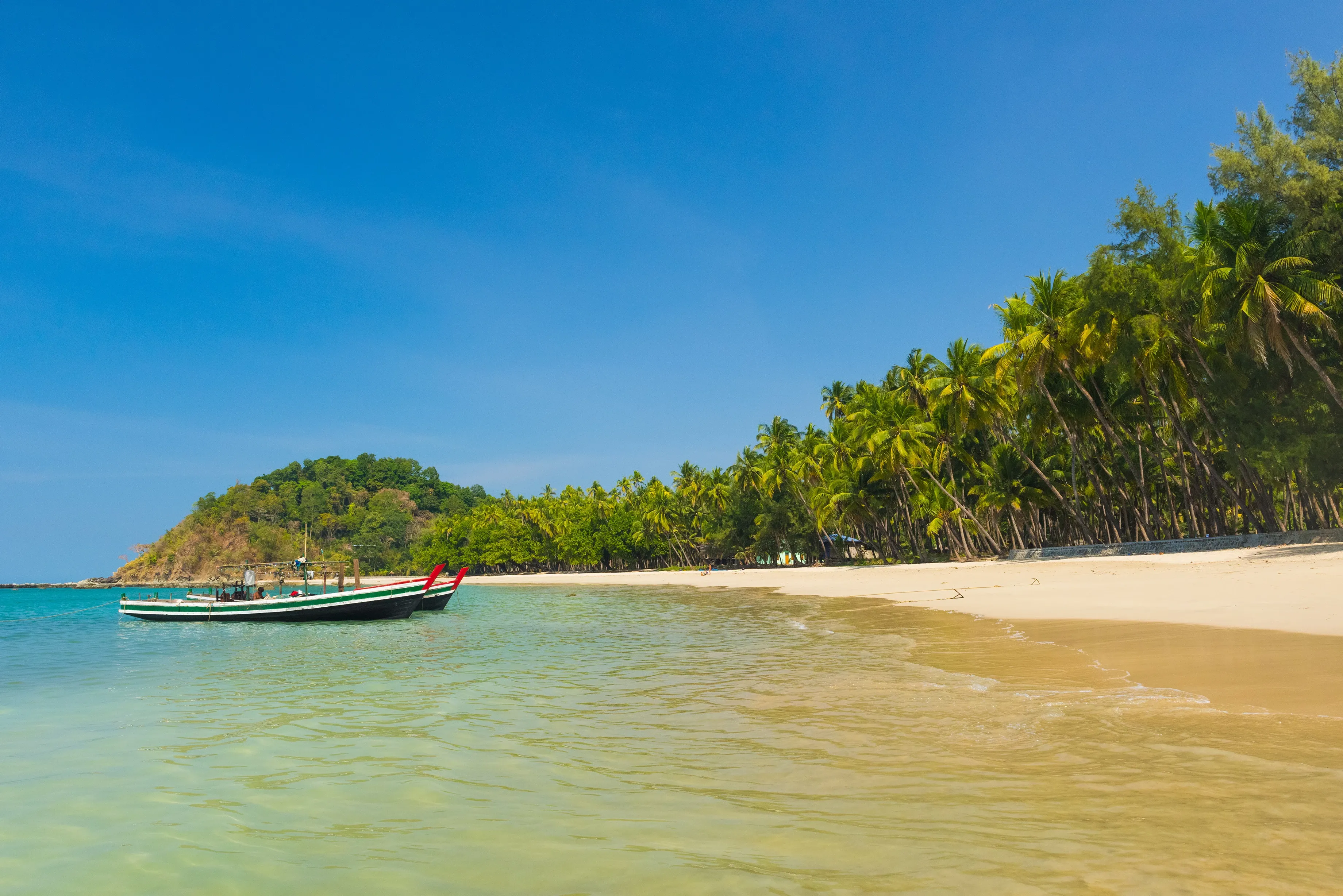
When should I travel to Asia?
Asia’s vast and varied landscapes mean that the best time to visit depends largely on the specific region and the experiences you seek. Due to tropical beaches, deserts, and snow-capped mountains, Asia experiences a range of climates and weather patterns.
1. Southeast Asia (Thailand, Vietnam, Cambodia, Laos, Myanmar):
- Best Time: The dry season from November to April is ideal for exploring Southeast Asia. During this period, you’ll find pleasant temperatures and lower humidity, making it perfect for trekking, beach outings, and cultural tours. The wet season, from May to October, brings heavy rains but also fewer tourists and lush landscapes.
2. South Asia (India, Nepal, Bhutan, Sri Lanka):
- Best Time: The cool, dry season from October to March is the best time to visit South Asia. This period offers comfortable temperatures for sightseeing and trekking, especially in the Himalayas. In Sri Lanka, the southwest coast is best visited from December to March, while the northeast coast is optimal from May to September.
3. The Himalayas (Nepal, Bhutan, India):
- Best Time: The best time for trekking in the Himalayas is during the pre-monsoon (March to May) and post-monsoon (September to November) periods. These months offer clear skies and stable weather conditions, ideal for high-altitude trekking and mountain views.
4. East Asia (China, Japan, South Korea, Taiwan):
- Best Time: For China, Japan, and South Korea, the spring (March to May) and autumn (September to November) are ideal, offering mild weather and beautiful landscapes. In Japan, cherry blossom season in April is particularly popular. Taiwan also experiences pleasant weather during these months. The summer (June to August) can be hot and humid, while winter (December to February) offers opportunities for skiing in certain areas.
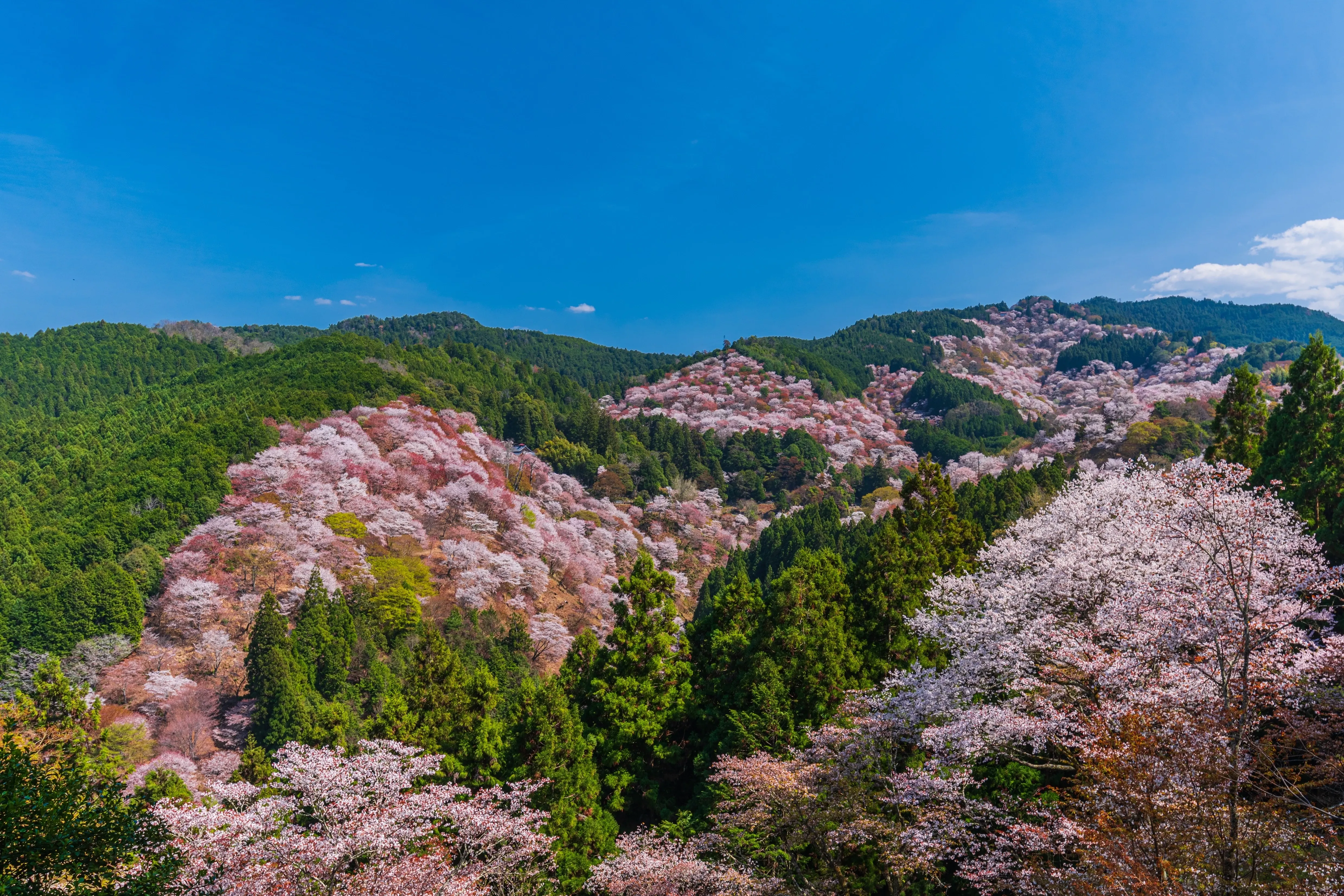
5. Central Asia (Kazakhstan, Uzbekistan, Kyrgyzstan, Turkmenistan):
- Best Time: The best time to visit Central Asia is from late spring to early autumn (May to September), when the weather is warm and conducive for outdoor activities. Winter can be harsh, with temperatures dropping significantly, particularly in mountainous regions.
6. Tropical Islands (Indonesia, Philippines, Malaysia, Maldives):
- Best Time: For most tropical islands, the dry season from May to September is the best time to visit, offering sunny weather and calm seas. However, in Indonesia and the Philippines, the wet season (November to April) can also be a good time to visit if you prefer fewer crowds and don’t mind occasional rain showers.
Overall considerations:
- Budget and crowds: Traveling during shoulder seasons—just before or after peak tourist times—can offer better prices and fewer crowds while still providing favorable weather.
- Festivals and events: Asia is rich in cultural festivals and events throughout the year. Timing your visit to coincide with events such as the Thai New Year (Songkran), Japan’s cherry blossom festivals, or Diwali in India can greatly enhance your travel experience.
The best time to visit Asia largely depends on your specific interests, the climate you prefer, and the experiences you want to have. Consider these factors when planning your nature travels to make the most of your journey through this diverse and fascinating continent.
What kind of species can I encounter in Asia?
Embarking on a nature adventure across Asia offers an equally mesmerizing experience, brimming with a diverse range of species adapted to the continent’s varied ecosystems. In the lush rainforests of Southeast Asia, you might catch sight of the enigmatic orangutan swinging gracefully through the canopy of Borneo or Sumatra, while the elusive Sumatran tiger stealthily prowls the dense undergrowth of the region’s protected reserves.
The vibrant and critical endangered Javan (one-horned) rhinoceros, with its diminutive size and rare presence, can be found in the Ujung Kulon National Park, while the remarkable and vividly coloured green tree python coils among the branches. The region’s unique birdlife includes the extraordinary rhinoceros hornbills, their large, striking bills and distinctive calls echoing through the forest.
Journeying north to the Himalayas reveals an entirely different world. Here, the snow leopard prowls the rugged, snow-covered slopes with its elusive grace, while the graceful Himalayan tahr navigates the steep, rocky terrain with agility. In the lower elevations, the red panda, with its charmingly bushy tail and striking coloration, makes its home among the forests.
In the vast, arid expanses of the Gobi Desert, the hardy Bactrian camel, with its double humps, roams the sweeping sands. The rare and elusive Gobi bear, one of the world’s most endangered bears, might be spotted in this stark environment, along with the resilient wild ass known as the kulan.
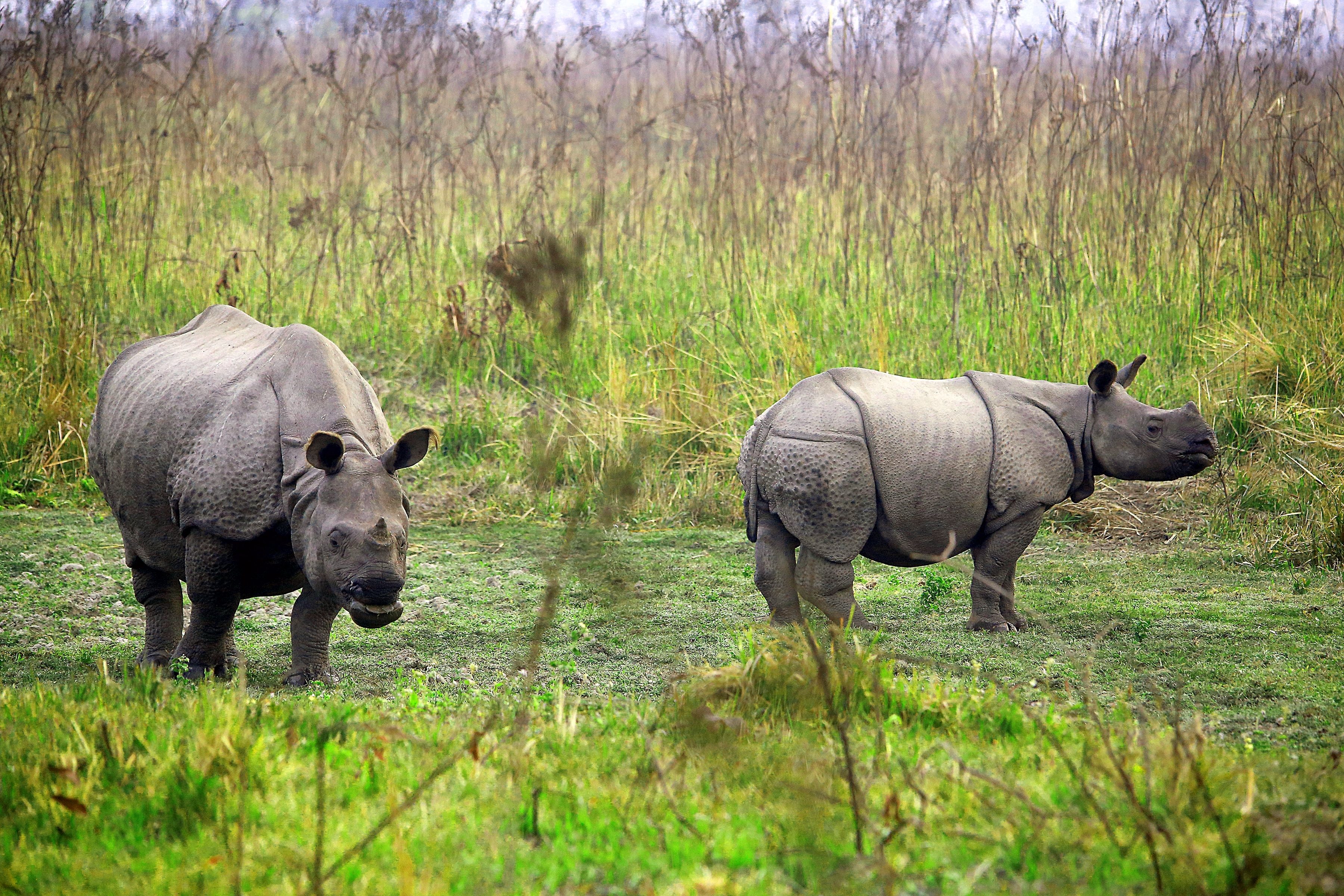
Venturing into the tropical regions of India and Sri Lanka, the Indian elephant, known for its impressive size and gentle demeanour, roams the lush forests and grasslands. The Sri Lankan leopard, a top predator in its island habitat, stealthily moves through the dense undergrowth, while the vibrant and elusive Ceylon blue magpie adds a splash of colour to the forest canopy.
In the rich wetlands of Southeast Asia, particularly in the Mekong Delta, you might encounter the rare and critically endangered Irrawaddy dolphin, with its distinctive bulging forehead and gentle nature. The region’s unique fish species, such as the giant freshwater stingray, also make an appearance in the slow-moving rivers and waterways.
The marine environments of Asia are equally captivating. In the crystal-clear waters of the Maldives, you may encounter the gentle giant of the ocean—the whale shark. Known for its enormous size and characteristic spotted skin, the whale shark glides gracefully through the warm waters, offering a breathtaking underwater experience. The Philippines host vibrant coral reefs teeming with a multitude of marine life, including colourful parrotfish, elegant manta rays, and playful dolphins.
Asia’s diverse landscapes provide a window into an astonishing array of wildlife, each species intricately adapted to its environment, making it a haven for nature enthusiasts and wildlife lovers alike.
Which cultures can I meet on a nature trip in Asia?
Asia is a continent, where nature and culture are deeply intertwined. On a nature trip through Asia, you can experience a wide range of unique cultures, each offering its own blend of traditions, landscapes, and ways of life.
In the towering heights of the Himalayas, you can immerse yourself in the rich cultures of Nepal, Bhutan, and Tibet. Trekking through these rugged mountains, you’ll encounter the Sherpa people, known for their mountaineering prowess, and the serene Buddhist traditions that permeate the region. Monasteries perched on cliffs, prayer flags fluttering in the wind, and the spiritual practices of the locals all contribute to an experience deeply connected to the land.
In Mongolia, the vast steppes and deserts are home to a nomadic culture that has thrived for centuries. Staying in a traditional ger (yurt), you can live alongside Mongolian herders, learning about their way of life that revolves around the movement of livestock across the plains. The simplicity and harmony with nature in Mongolian culture provide a unique perspective on life.
Further south, the lush jungles of Southeast Asia are home to indigenous tribes like the Karen in Thailand , the Iban in Borneo , and the Dani in Papua, Indonesia . These communities often live in close connection with the forests, practicing sustainable agriculture, and maintaining a rich oral tradition. Visiting their villages offers a chance to understand their deep respect for nature and the ancient traditions that guide their daily lives.
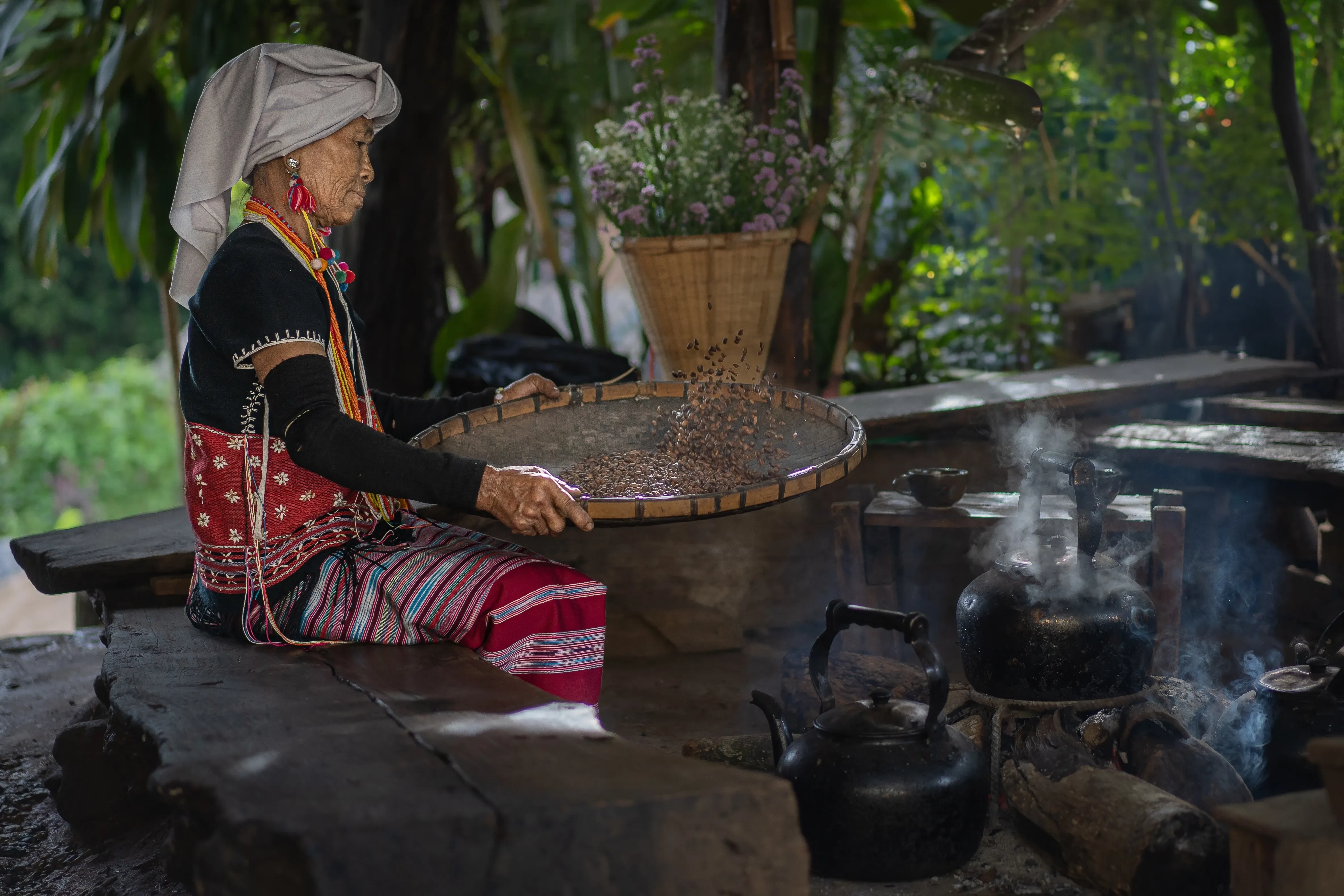
In South Korea, the diving culture of the women, known as Haenyeo, provides a remarkable example of the intersection of tradition and nature. For centuries, these remarkable women have dived into the sea without modern equipment to harvest seafood like abalone, sea urchins, and shellfish. Their practice is not only a testament to their resilience and skill but also a vital part of their cultural heritage. The haenyeo operate in harmony with the ocean, relying on techniques passed down through generations. Their role in South Korean society highlights a unique form of marine resource management and a deep connection with the sea, demonstrating how cultural traditions can sustain and enrich communities in tune with their natural environment.
In Japan, nature is also deeply embedded in cultural practices. The concept of “wabi-sabi,” which finds beauty in imperfection and impermanence, is reflected in everything from traditional tea ceremonies to the serene landscapes of Japanese gardens. Exploring the countryside, from the tranquil bamboo forests of Arashiyama to the sacred peaks of Mount Fuji, you can experience how the Japanese intertwine nature with spirituality and aesthetics.
Finally, the remote regions of Central Asia, such as Kyrgyzstan and Kazakhstan, offer a glimpse into the nomadic cultures of the ancient Silk Road. Here, you can experience the hospitality of the Kyrgyz and Kazakh people, who still maintain traditional practices like eagle hunting and felt-making, all set against the backdrop of sweeping mountain ranges and alpine lakes.
Each of these cultures offers a unique window into the ways that people across Asia live in harmony with their natural surroundings, making a nature trip through the continent a truly enriching experience.
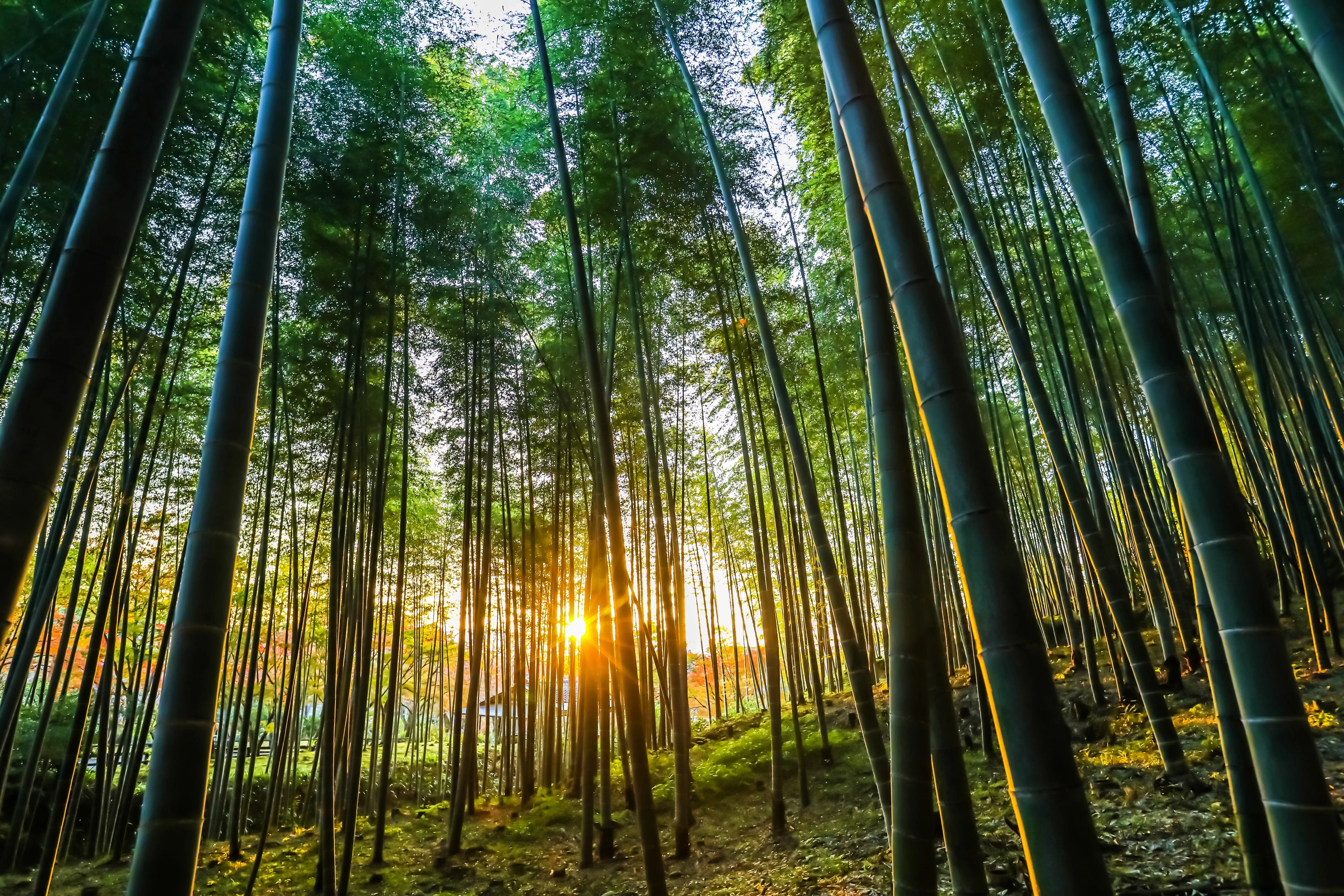
What is so special about nature travel in Asia?
Asia is not only a land of stunning biodiversity and diverse landscapes, but also with a rich cultural heritage. A nature trip through Asia takes travelers to some of the world’s most majestic natural wonders, from the towering peaks of the Himalayas to the serene beauty of Japan’s cherry blossoms. Trekking in the Himalayas, whether to Everest Base Camp or along the Annapurna Circuit, offers breathtaking views and experiences that are both exhilarating and soul-stirring.
Equally impressive are the rainforests of Southeast Asia, such as Borneo's lush jungles, where nature enthusiasts can witness rare wildlife like orangutans in their natural habitat. Exploring these rainforests feels like stepping into nature's most vibrant and alive realms, offering encounters that connect travellers to the primal pulse of the earth. Visits to indigenous communities, who have lived harmoniously with these ecosystems for centuries, provide profound insights into sustainable living.
Asia also boasts spectacular natural wonders, such as the soaring dunes of the Gobi Desert in Mongolia or the crystal-clear waters of the Maldives. These landscapes evoke a sense of awe and wonder, showcasing nature's raw power and beauty.
Cultural treasures are deeply intertwined with Asia’s natural landscapes. Sacred sites like Mount Kailash in Tibet or the monasteries of Bhutan offer spiritual journeys that resonate deeply with the region’s rich traditions.
Asia’s vibrant cities, from the bustling streets of Tokyo to the tranquil beauty of Kyoto, add another layer of cultural depth to any nature tour. A journey through Asia is not just a trip through stunning landscapes but a profound exploration of biodiversity, spirituality, and cultural harmony that leaves lasting memories.
Three reasons why one should book a nature trip in Asia
Asia entices with its unrivalled attractions, offering countless reasons to explore. Here are three compelling ones:
- Stunning natural diversity: Asia offers an incredible variety of natural environments, from the towering Himalayas and vast deserts like the Gobi, to tropical rainforests and pristine beaches. Each landscape provides unique opportunities for adventure, whether it's trekking, wildlife watching, or simply enjoying breathtaking scenery.
- Extraordinary biodiversity: Asia is home to some of the world's most unique and endangered species, such as Bengal tigers, giant pandas, and orangutans. A nature trip here offers the chance to experience this biodiversity up close, whether in the rainforests of Borneo or the coral reefs of Indonesia.
- Meaningful cultural integration: Nature trips in Asia often go hand-in-hand with rich cultural experiences. Visiting remote villages, sacred sites, or indigenous communities allows travellers to connect deeply with local traditions and ways of life that are closely tied to the natural environment.
Sign up for the newsletter
By clicking on “Subscribe now” I will subscribe to the Conscious Explorer newsletter with all the information about mindful travel. Information on the success measurement included in the consent, the use of the shipping service provider MailChimp, logging of the registration and your rights of revocation can be found in our privacy policy.
